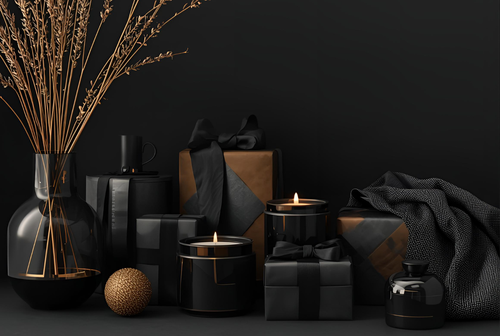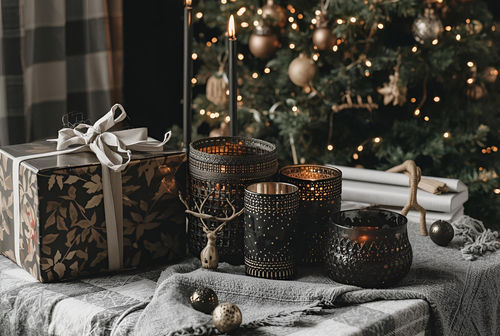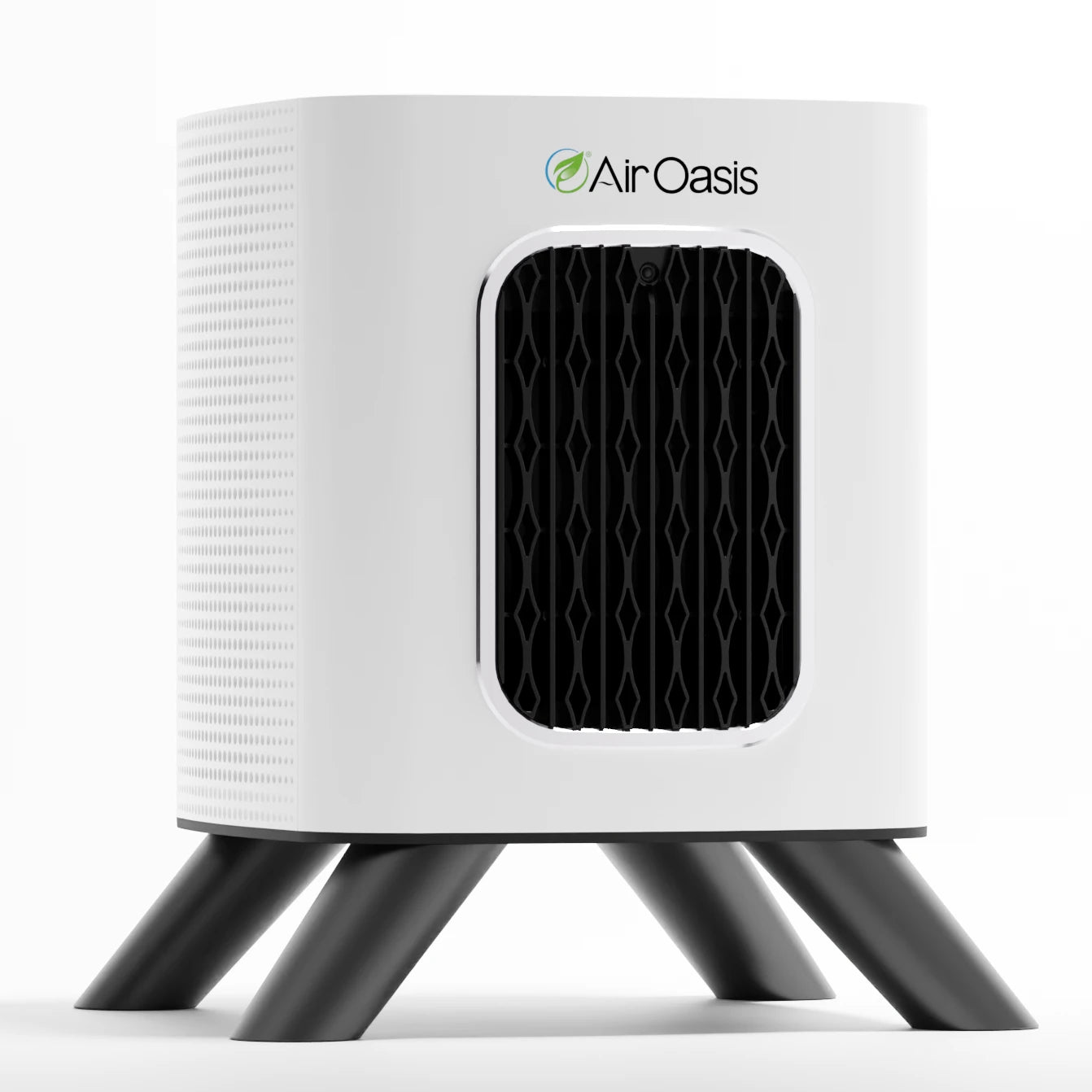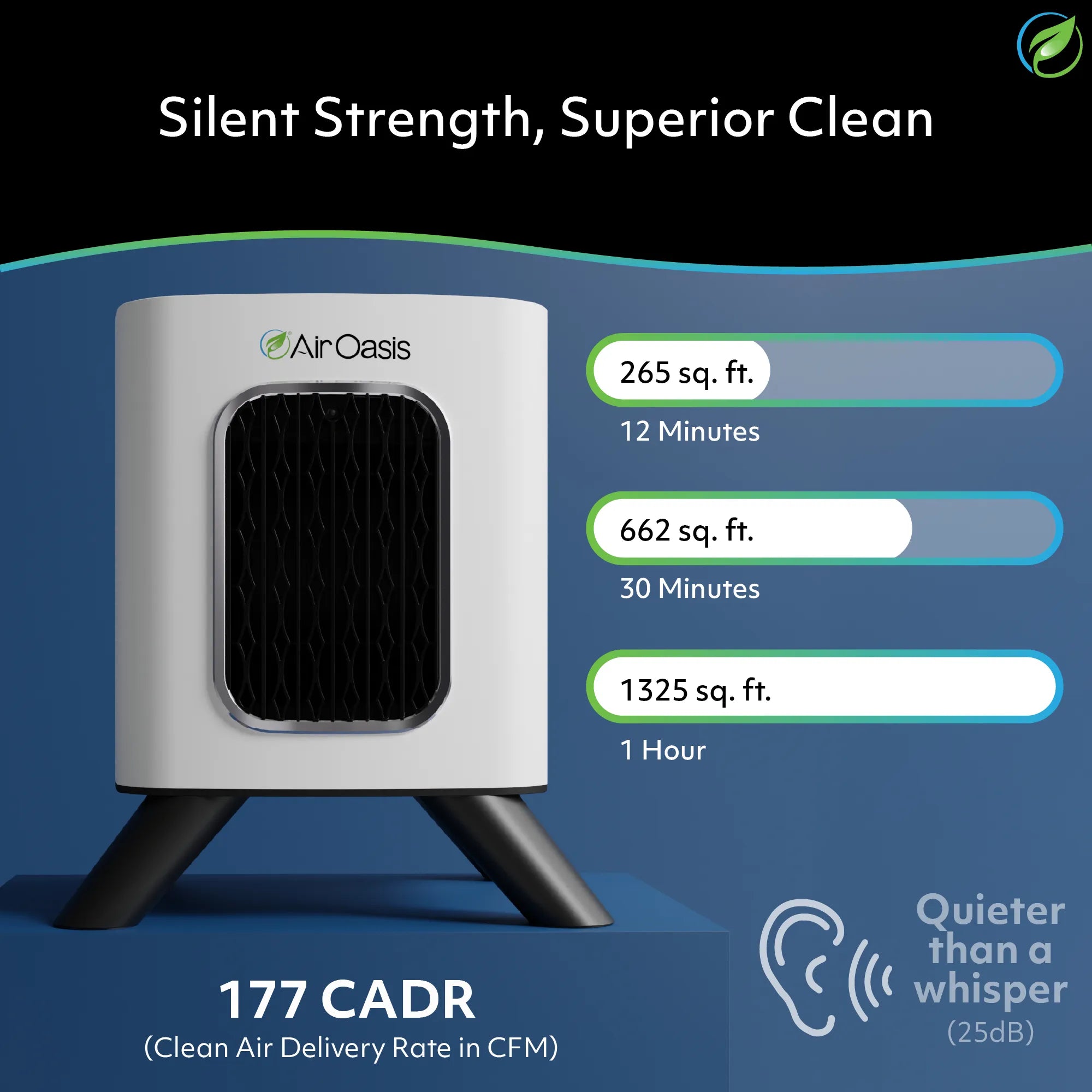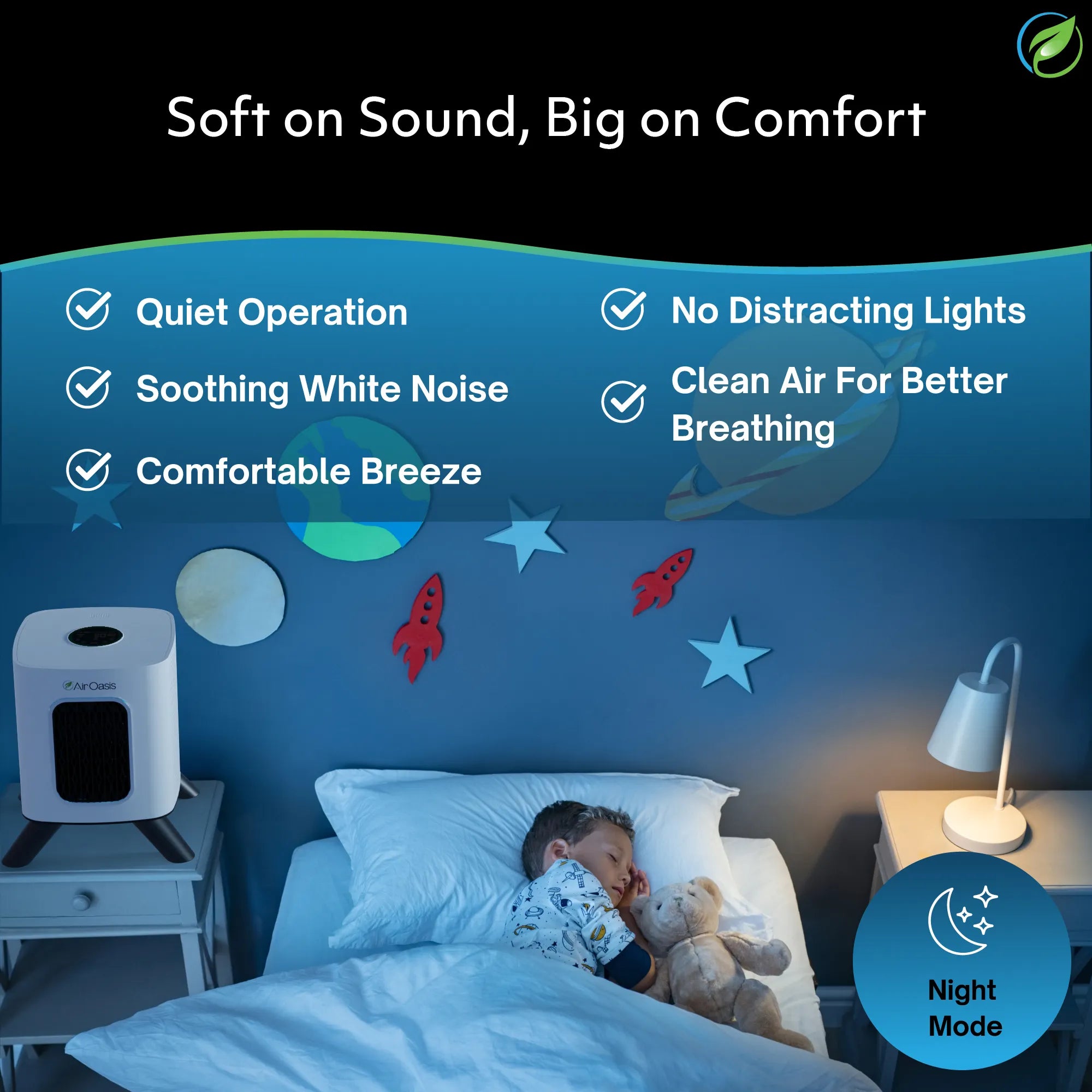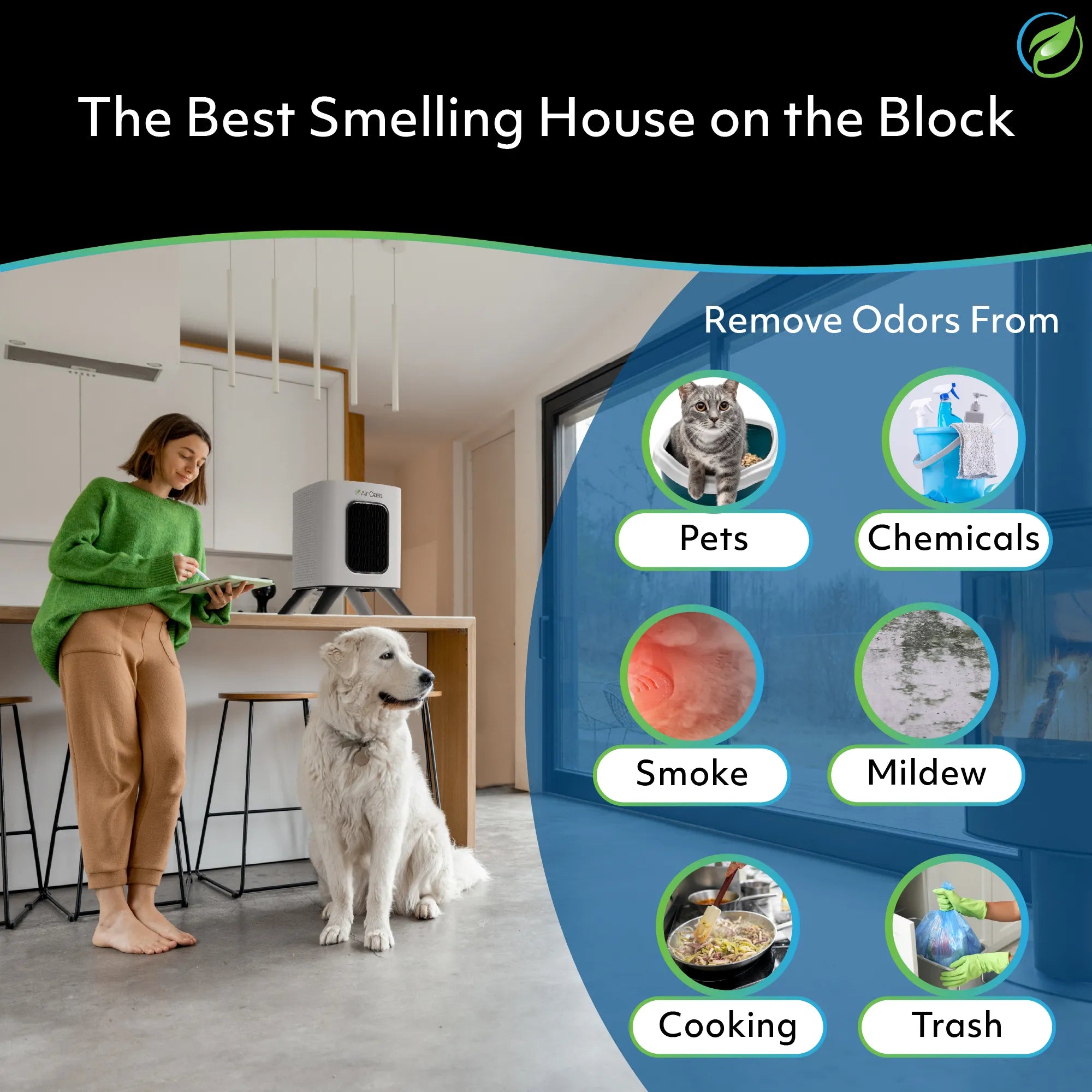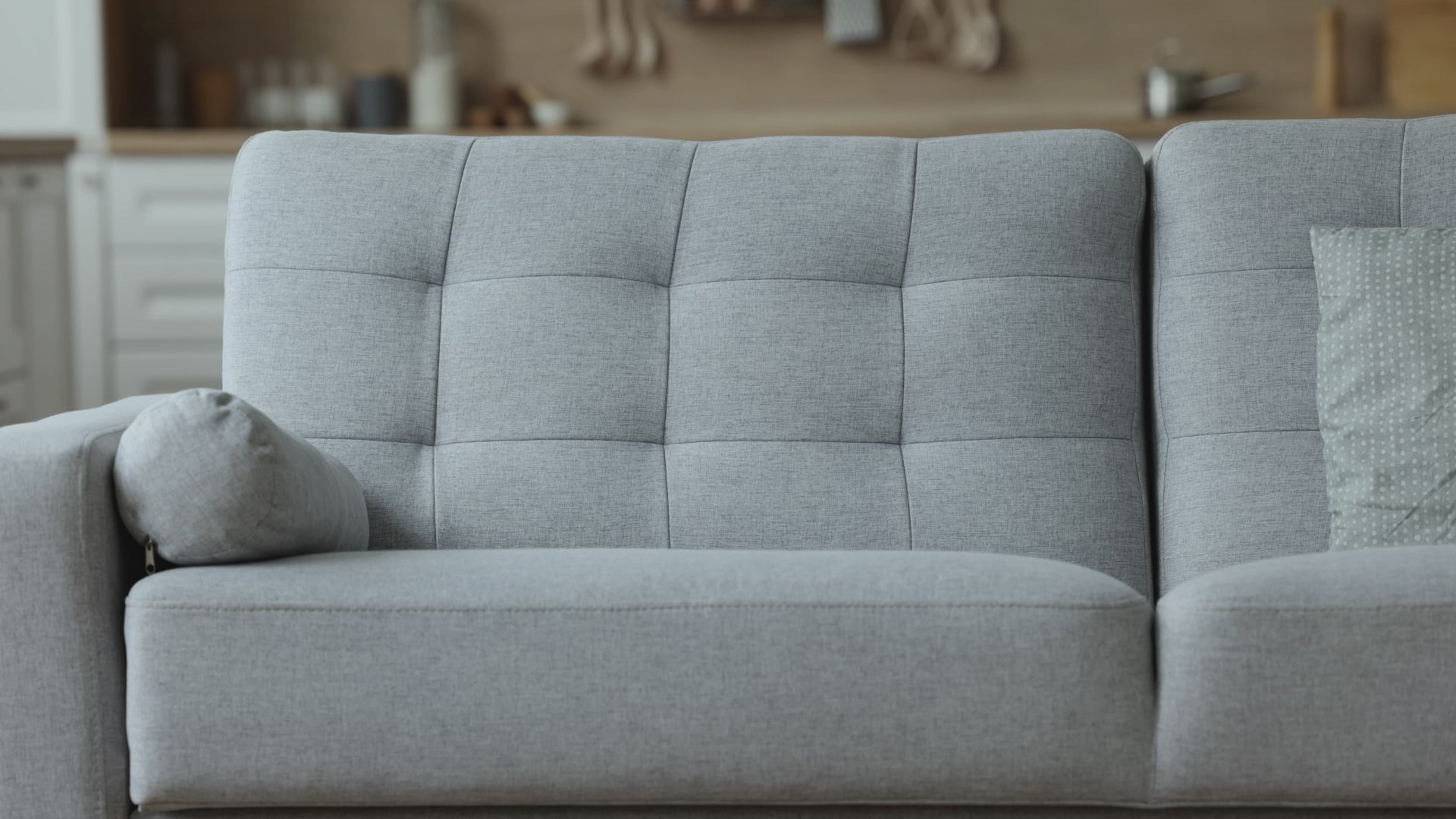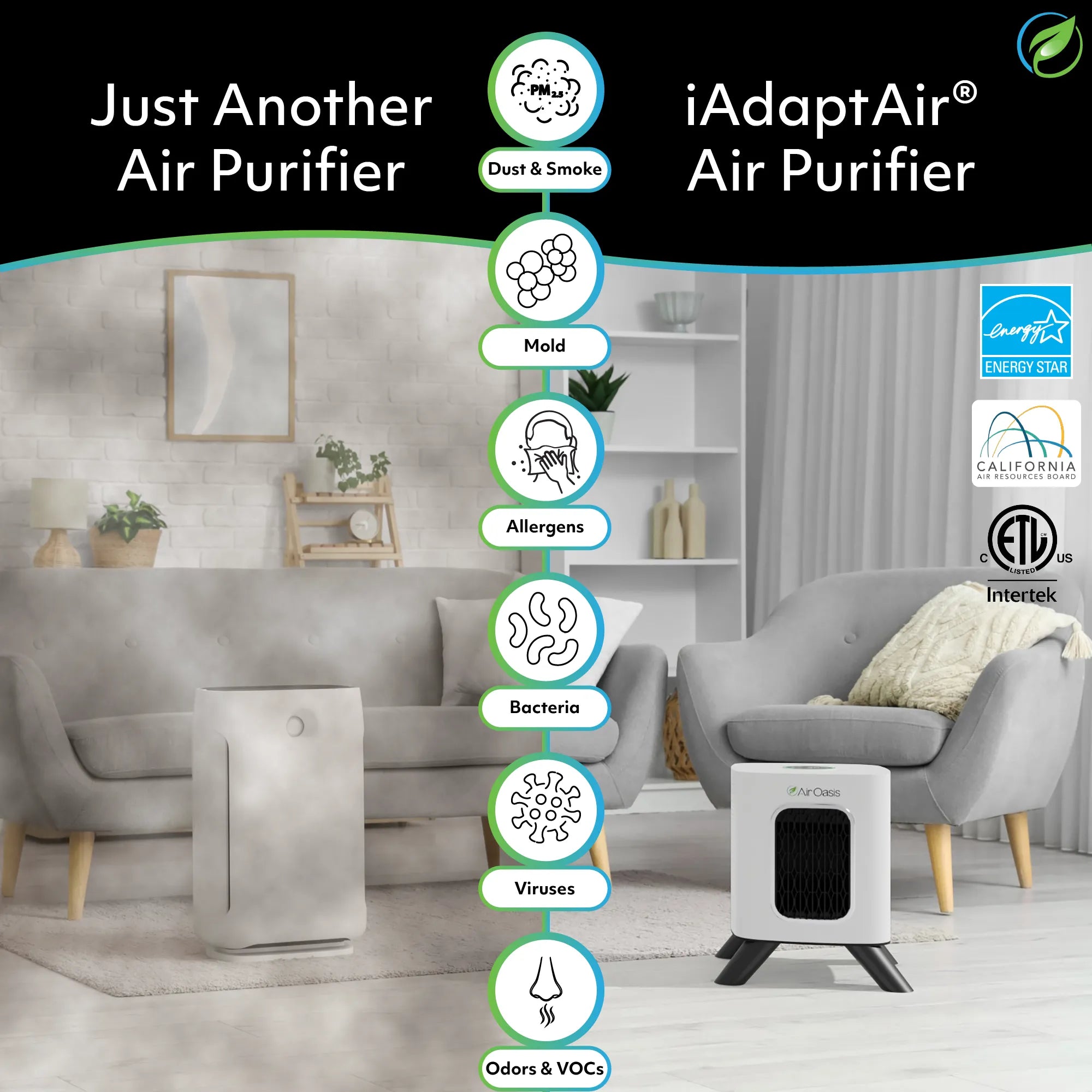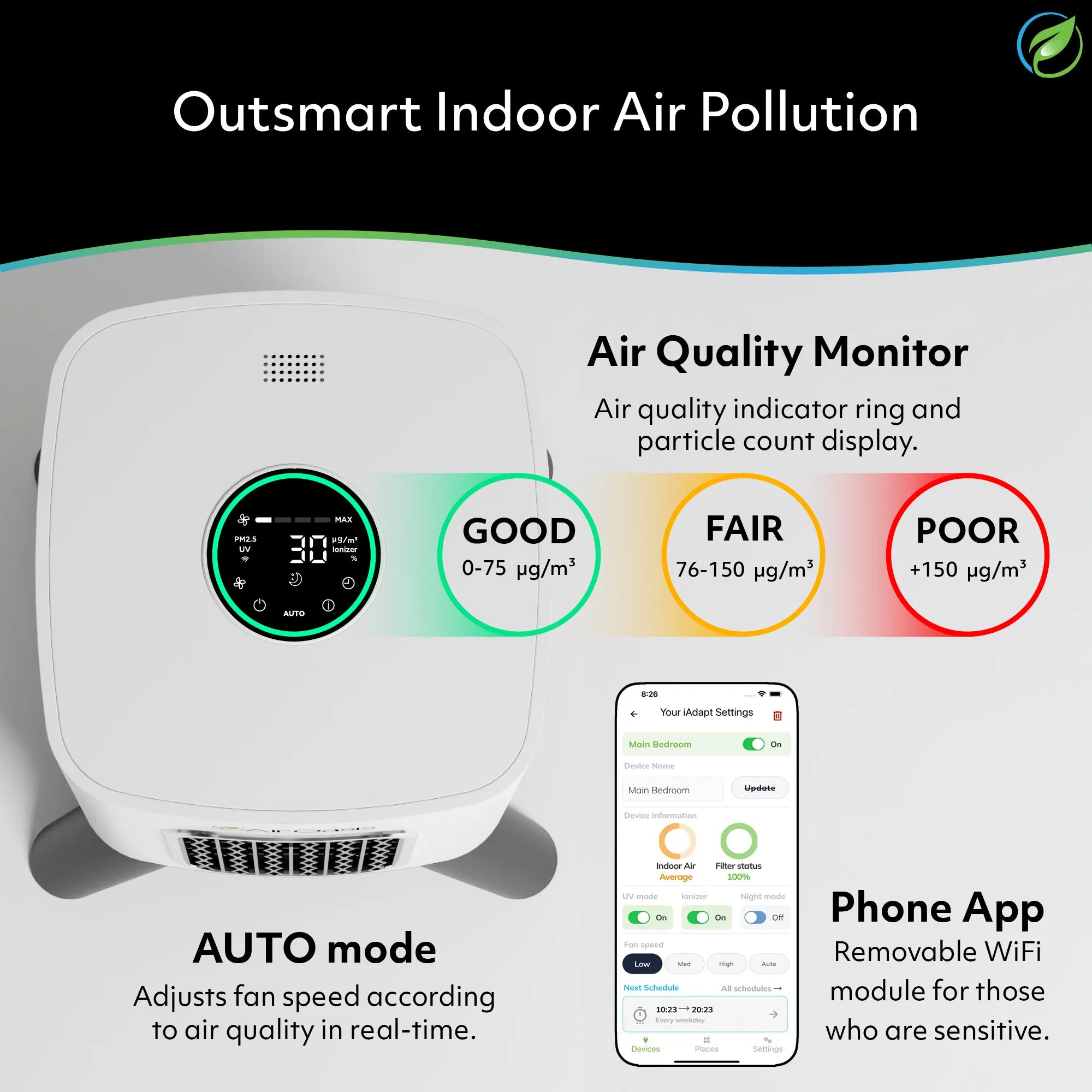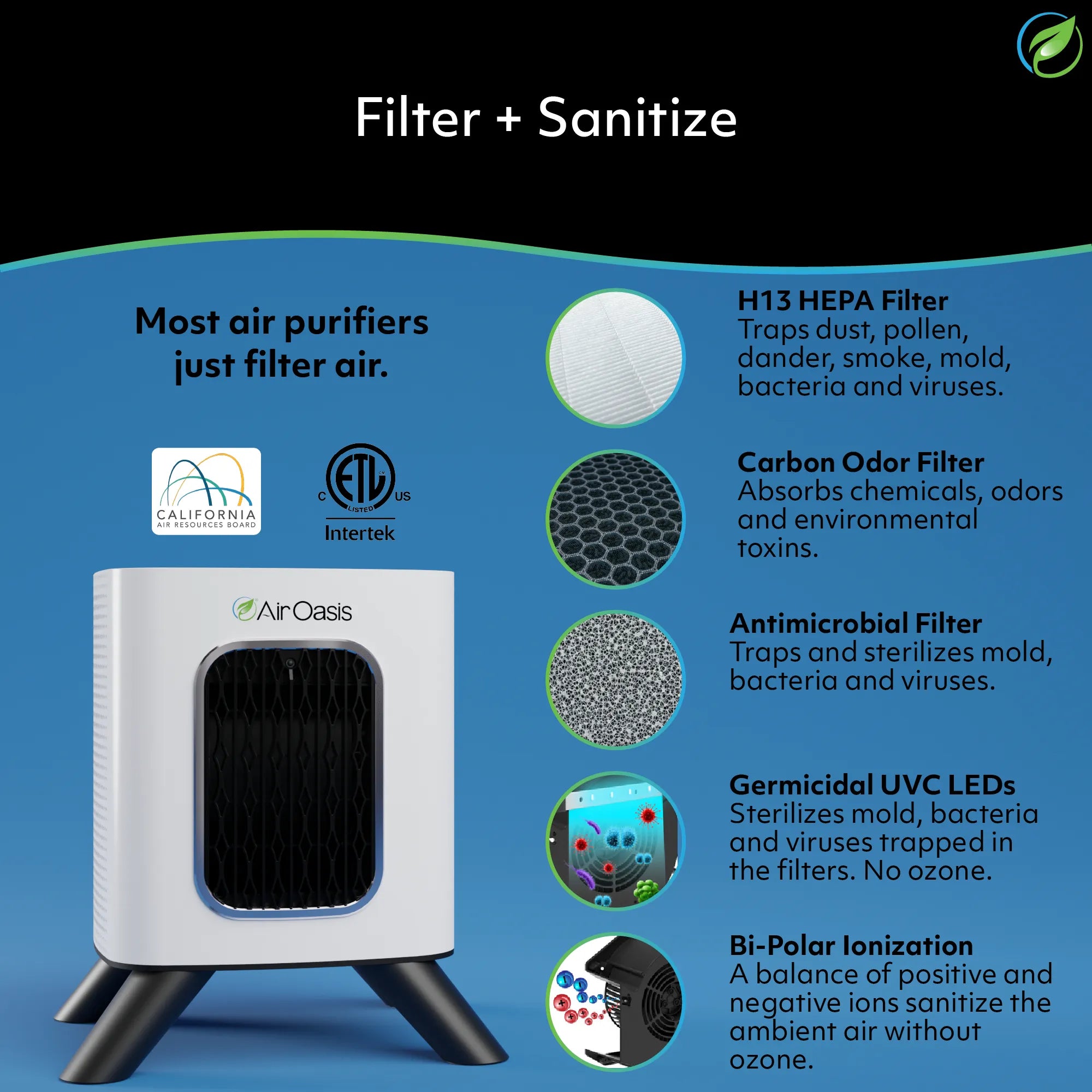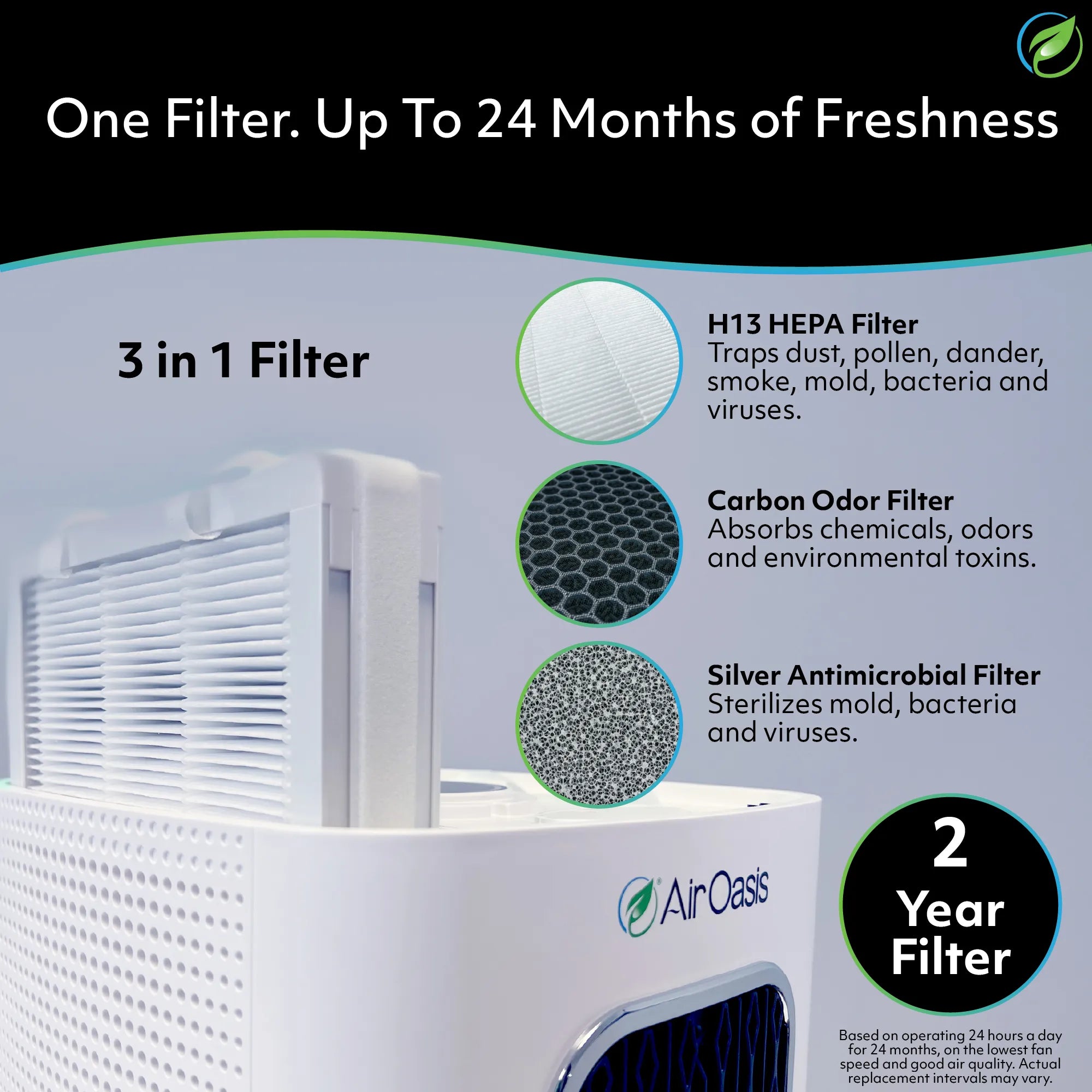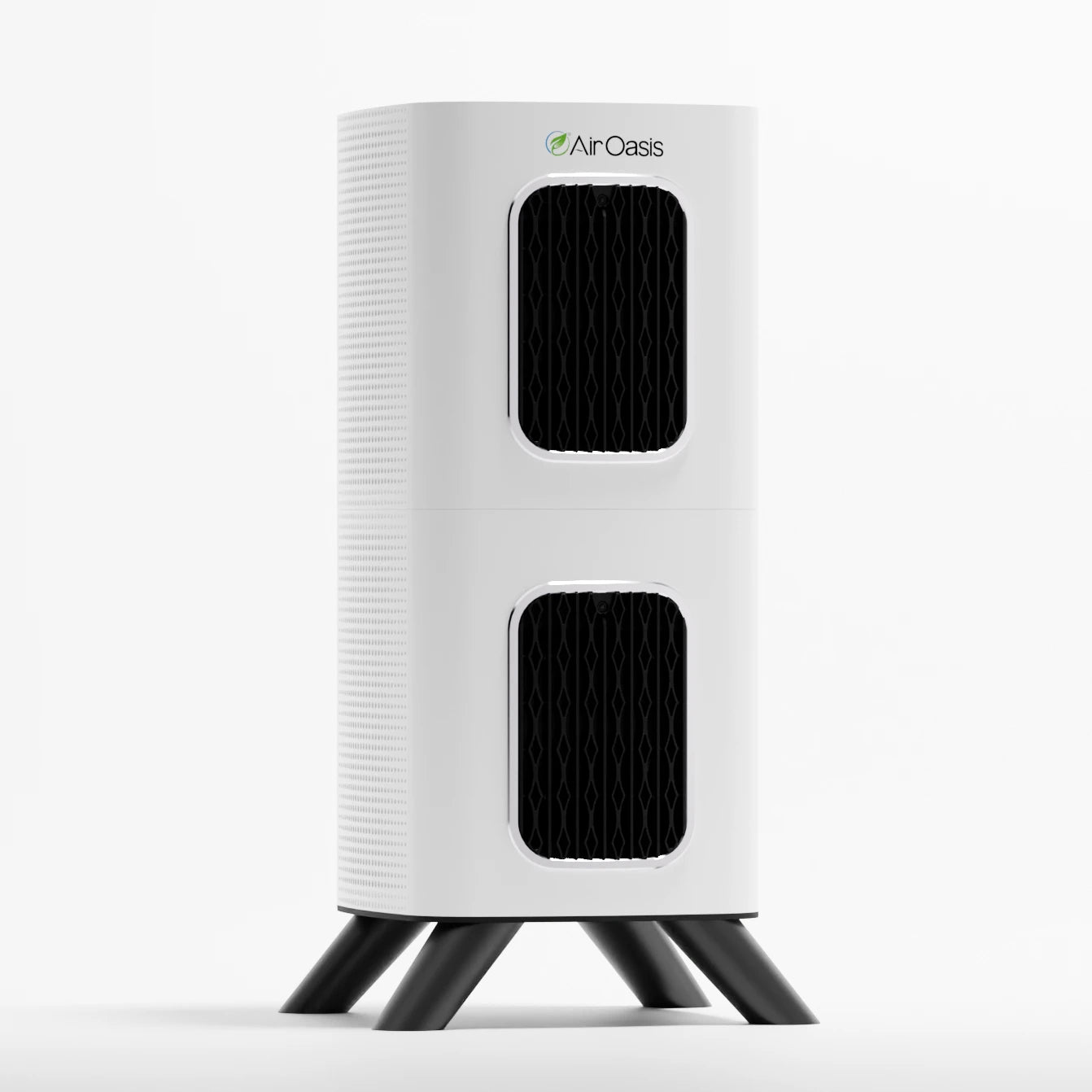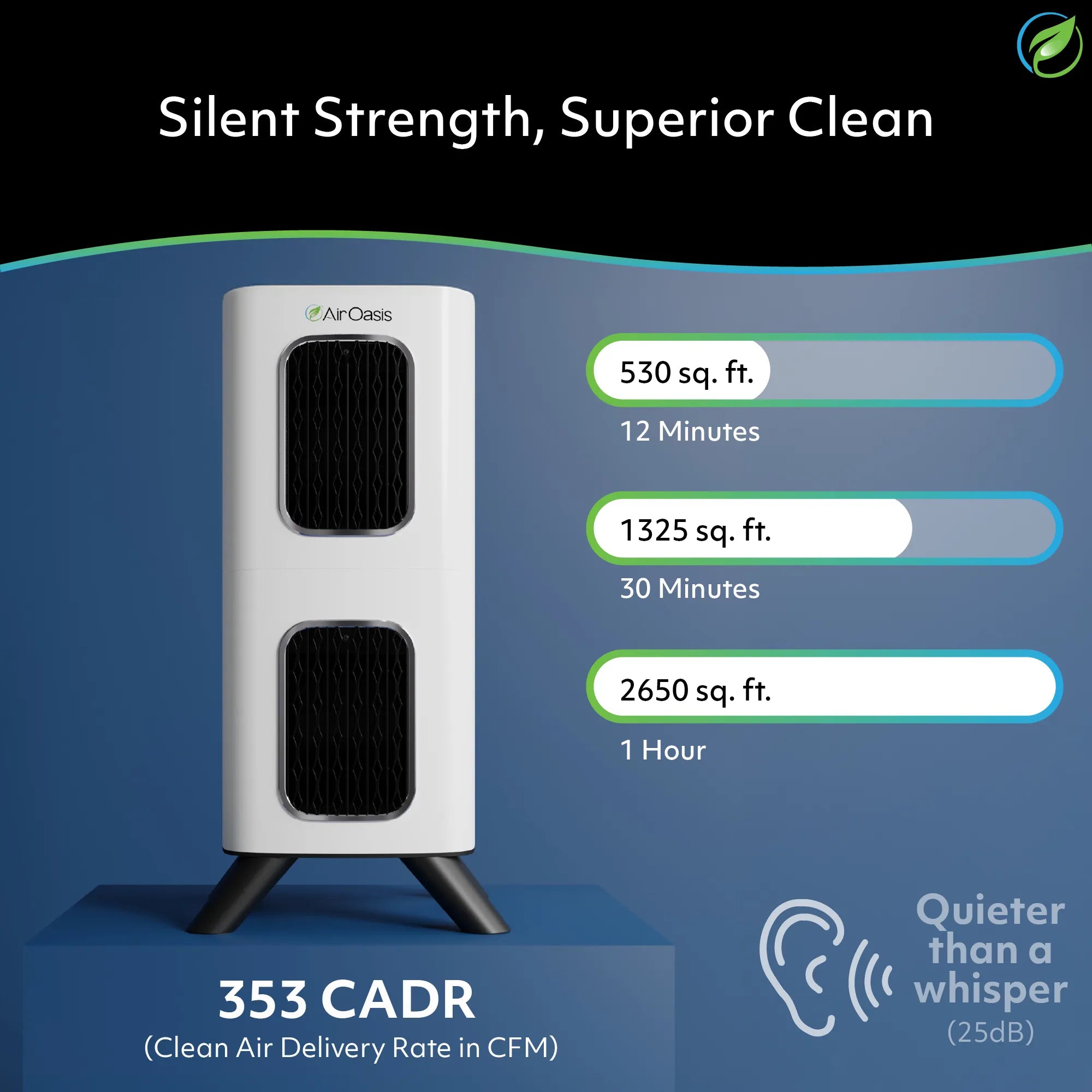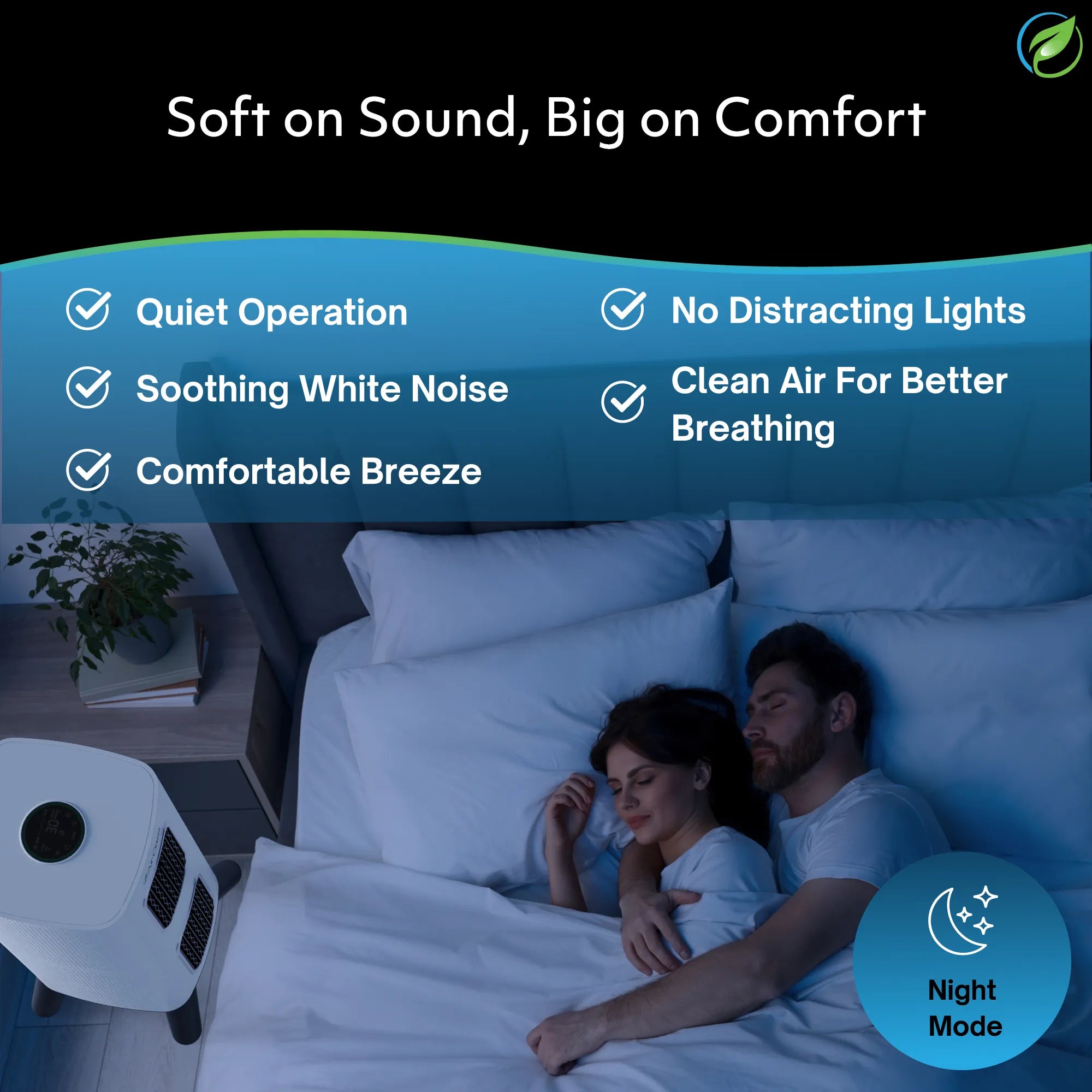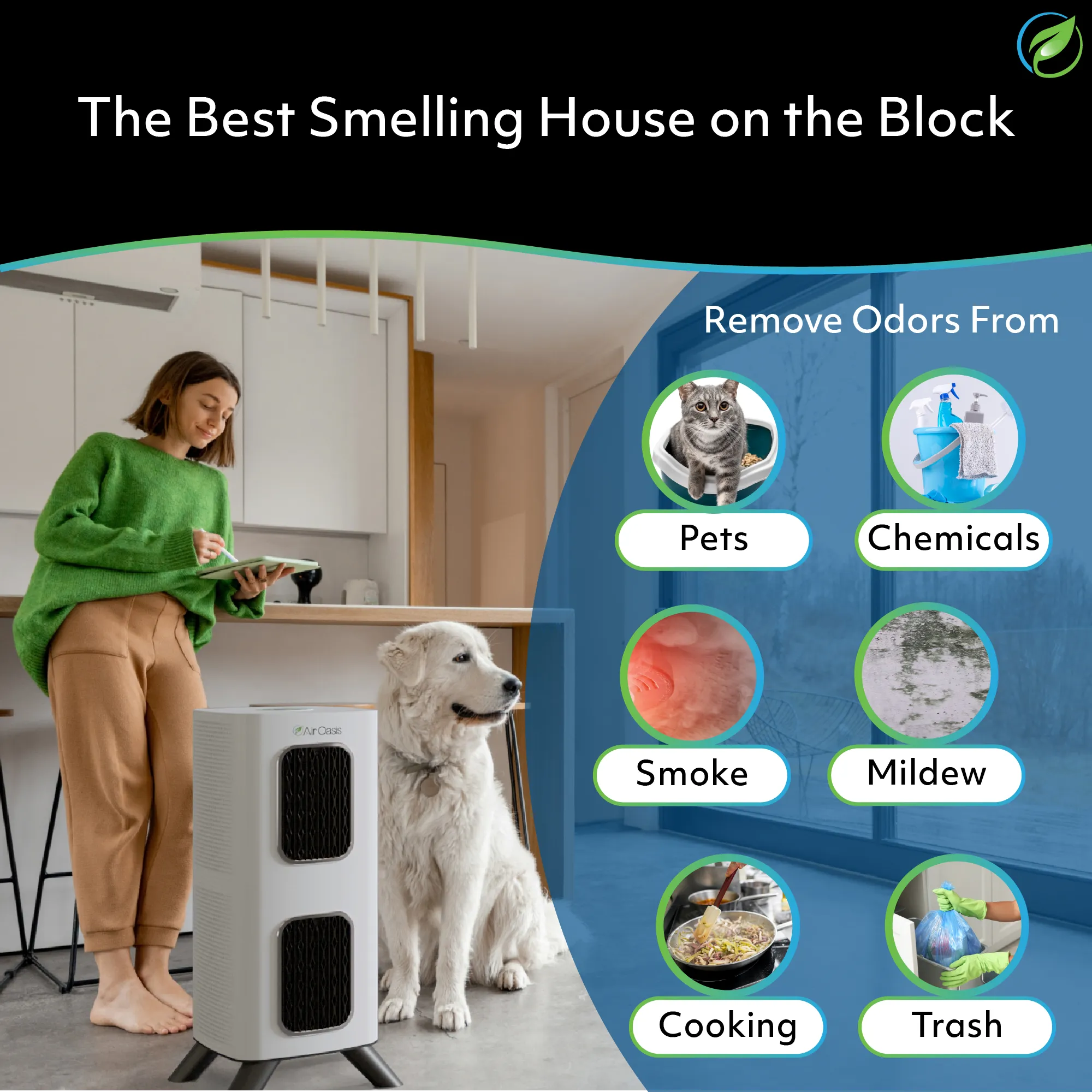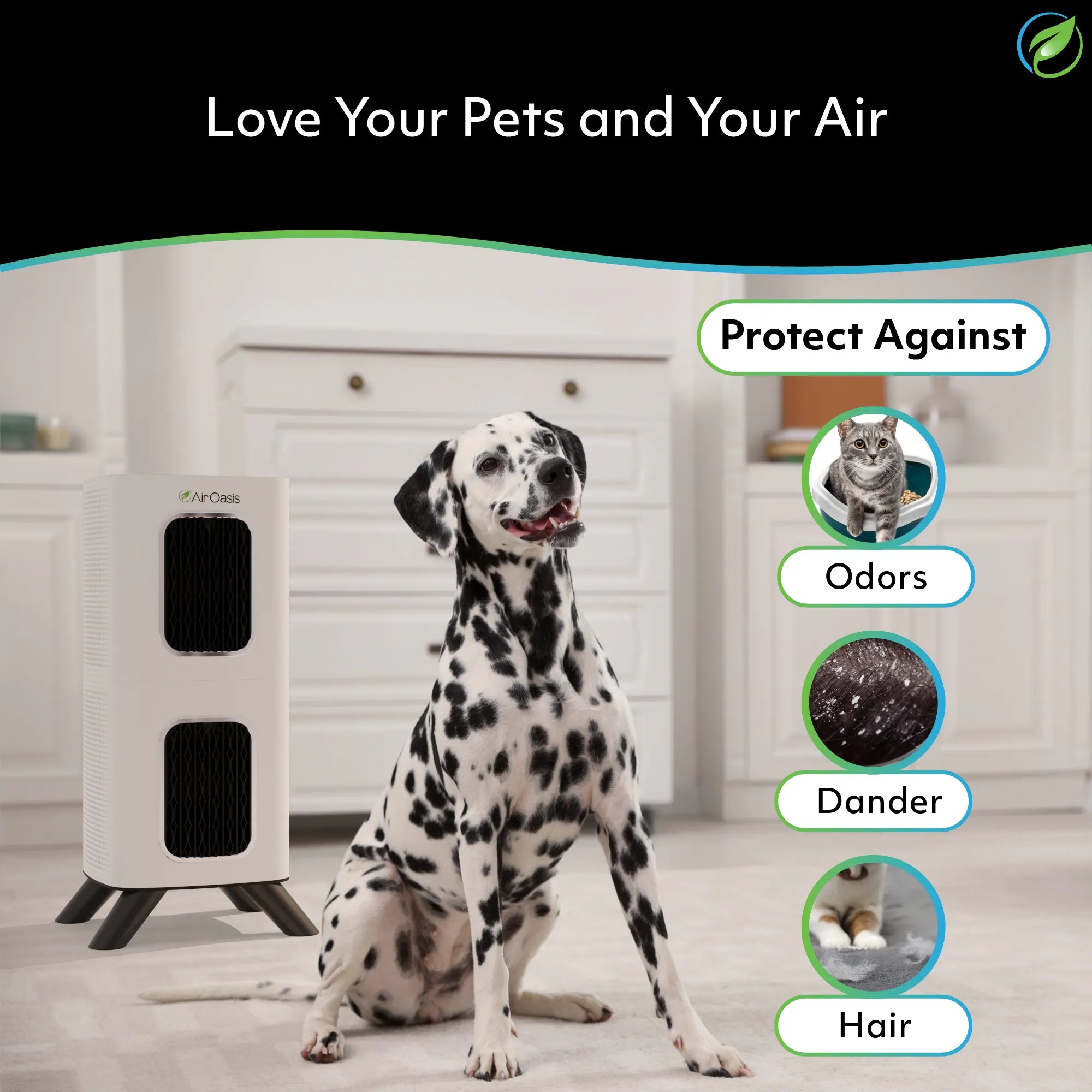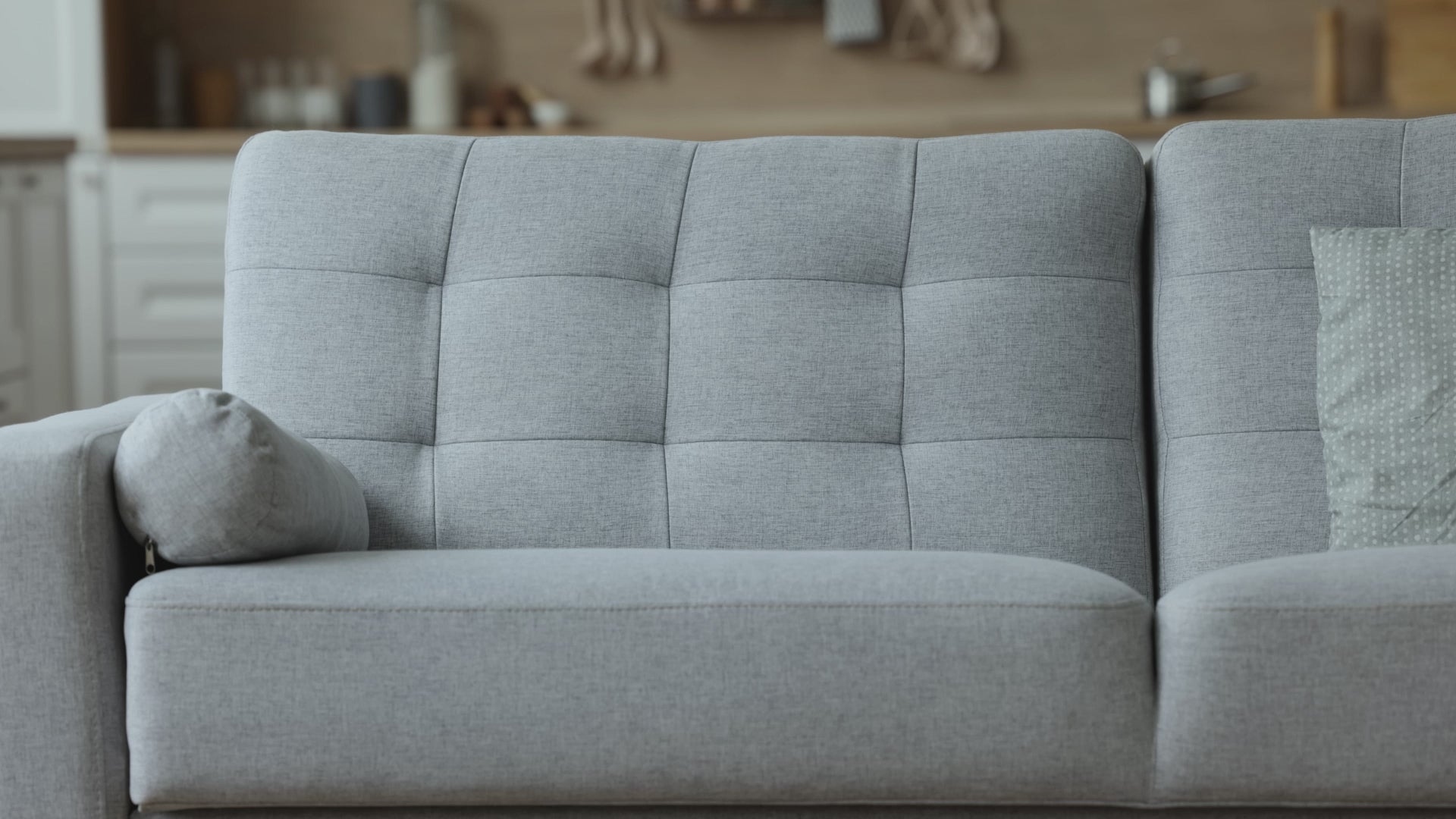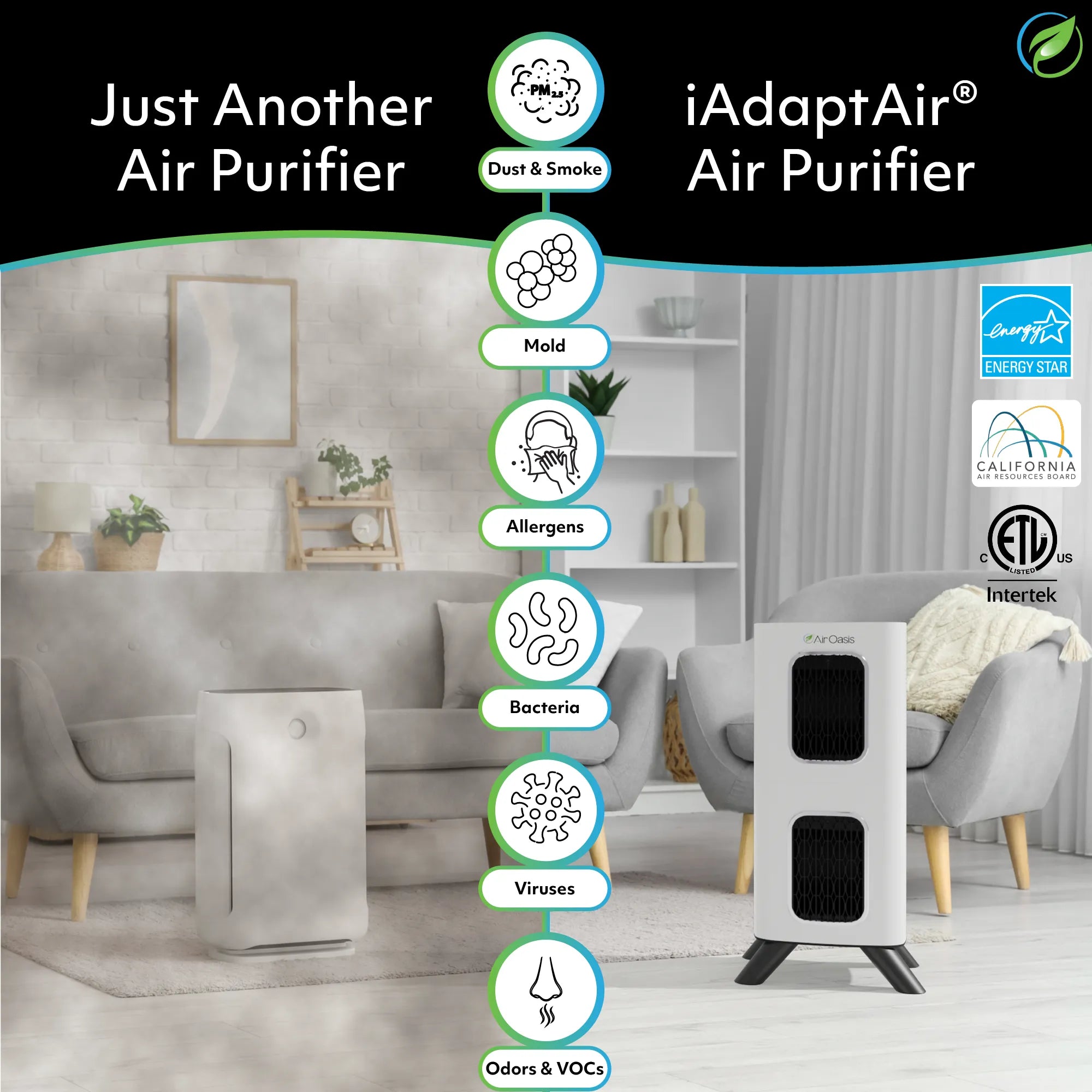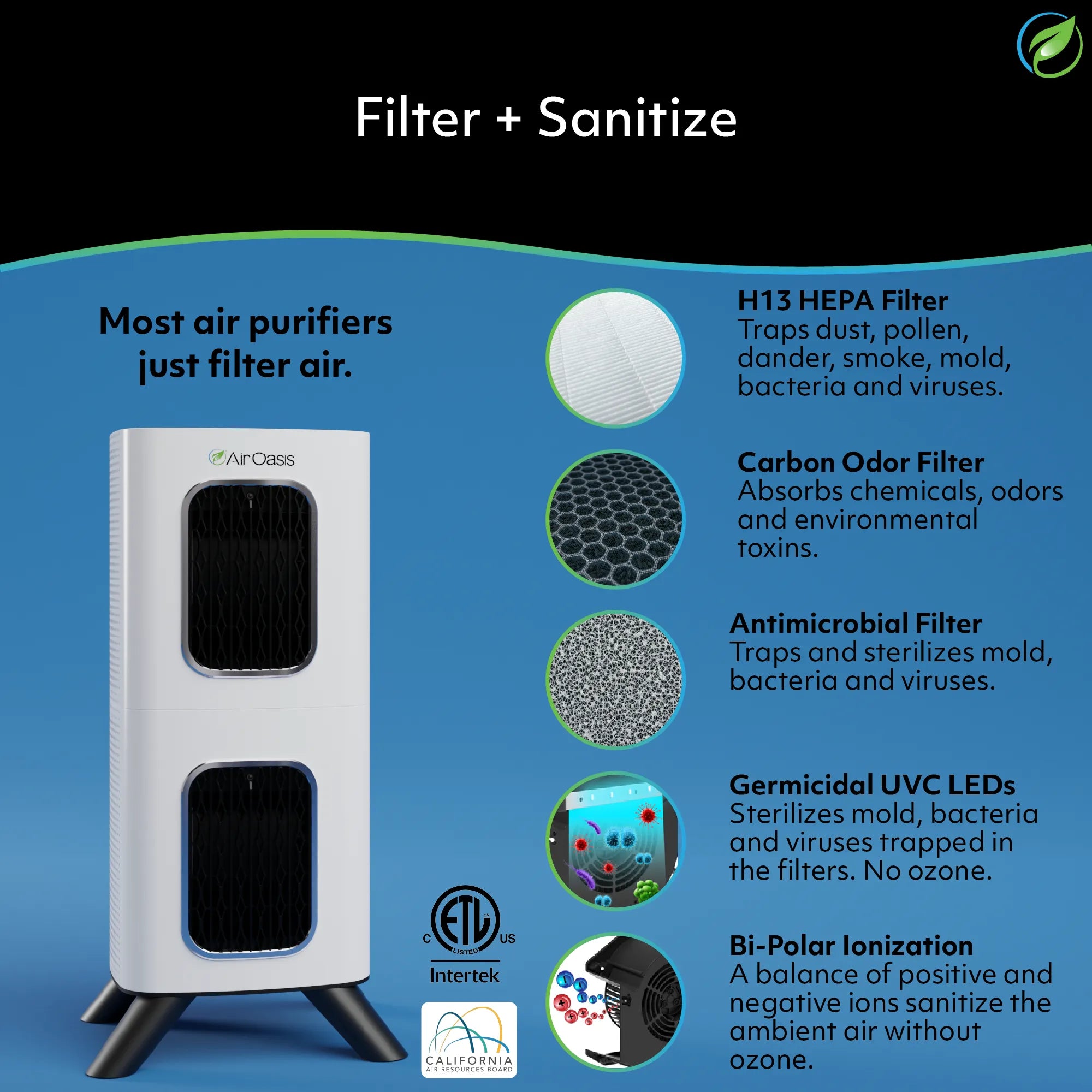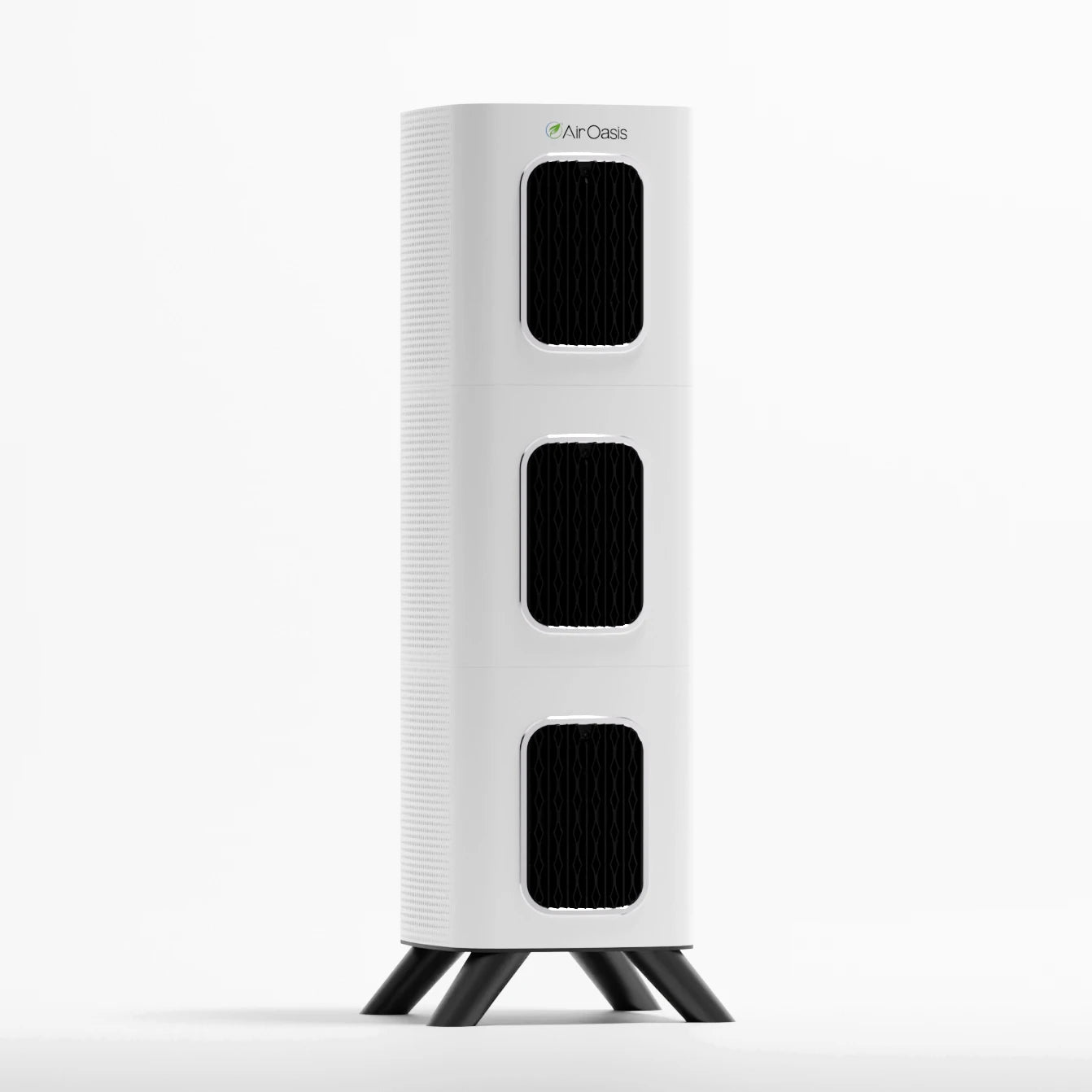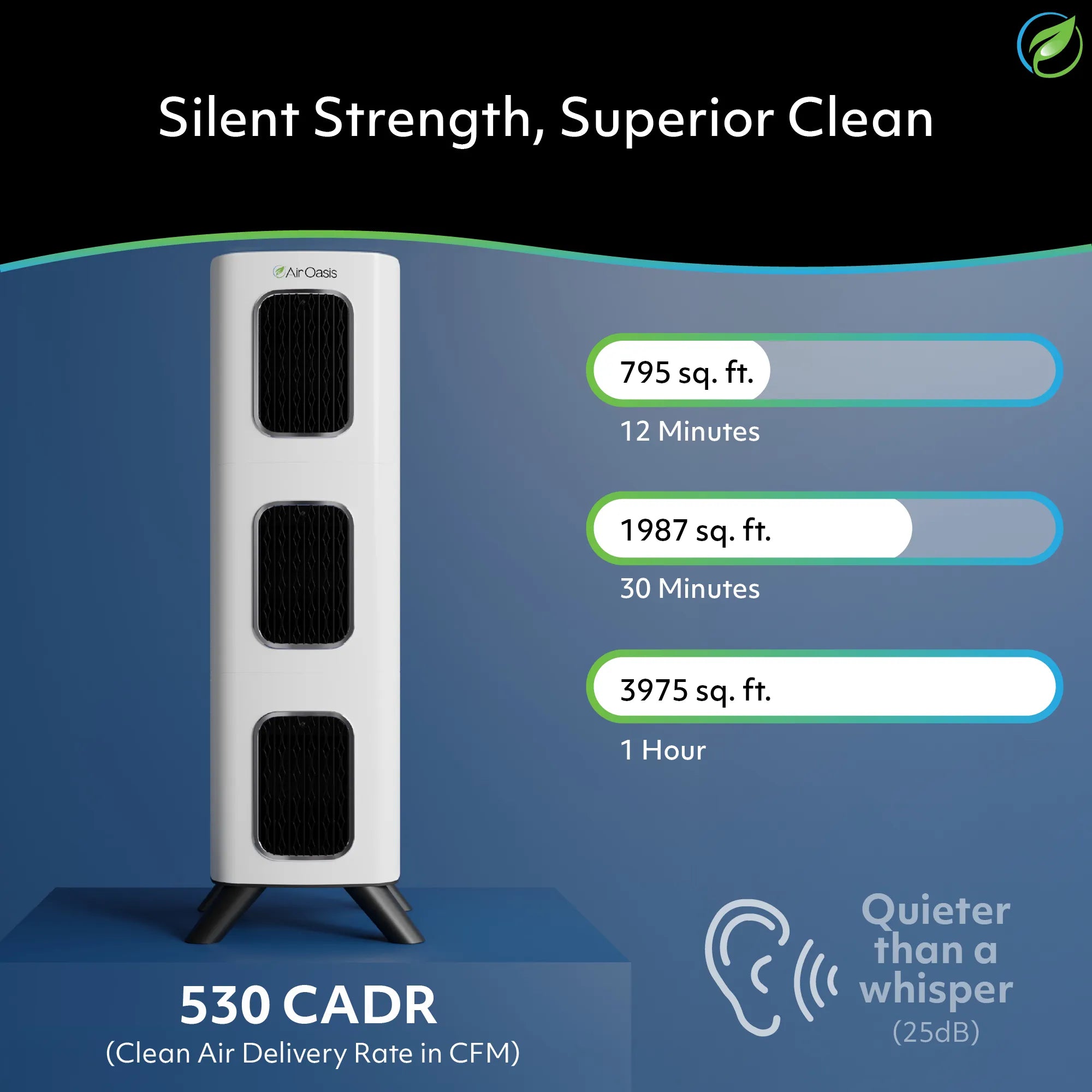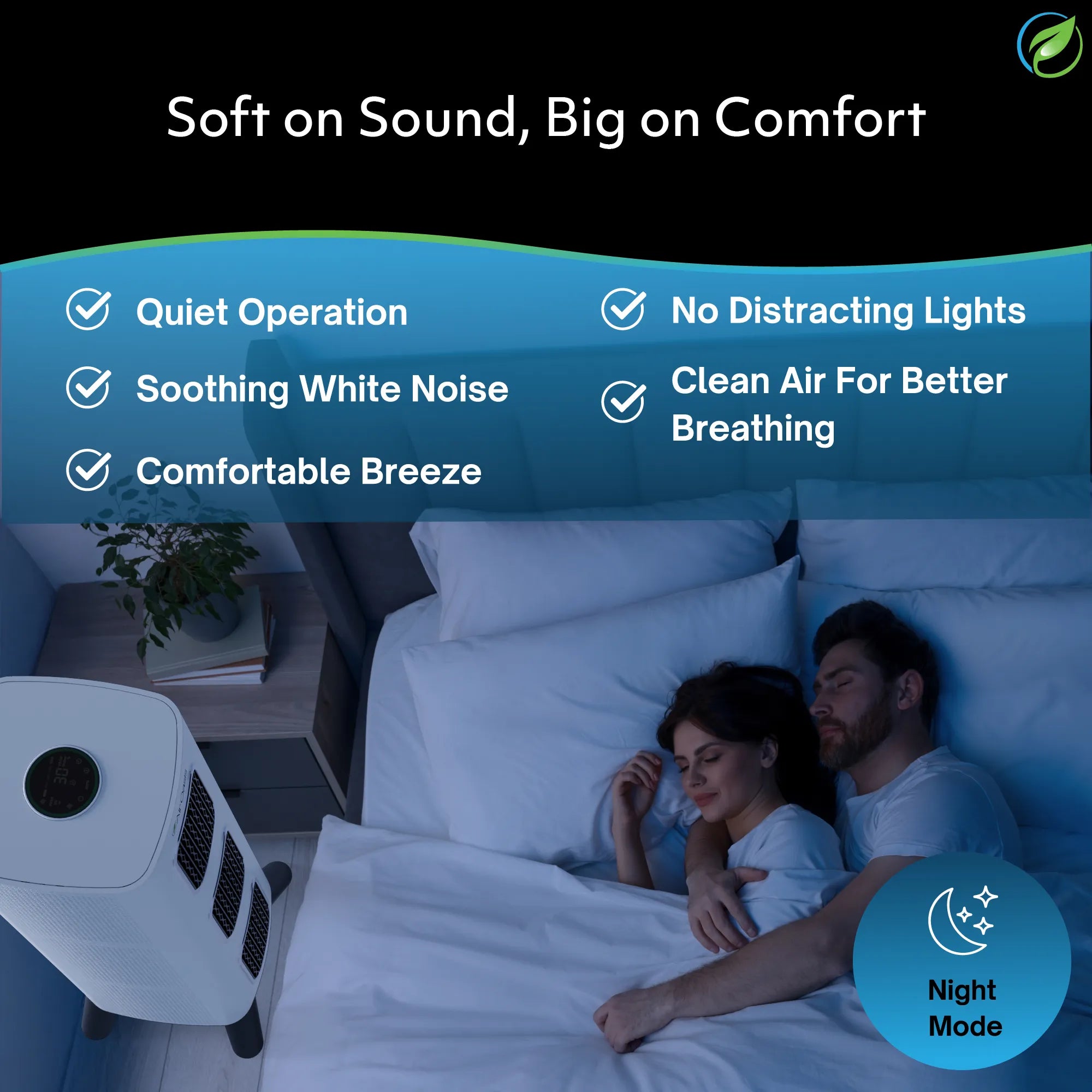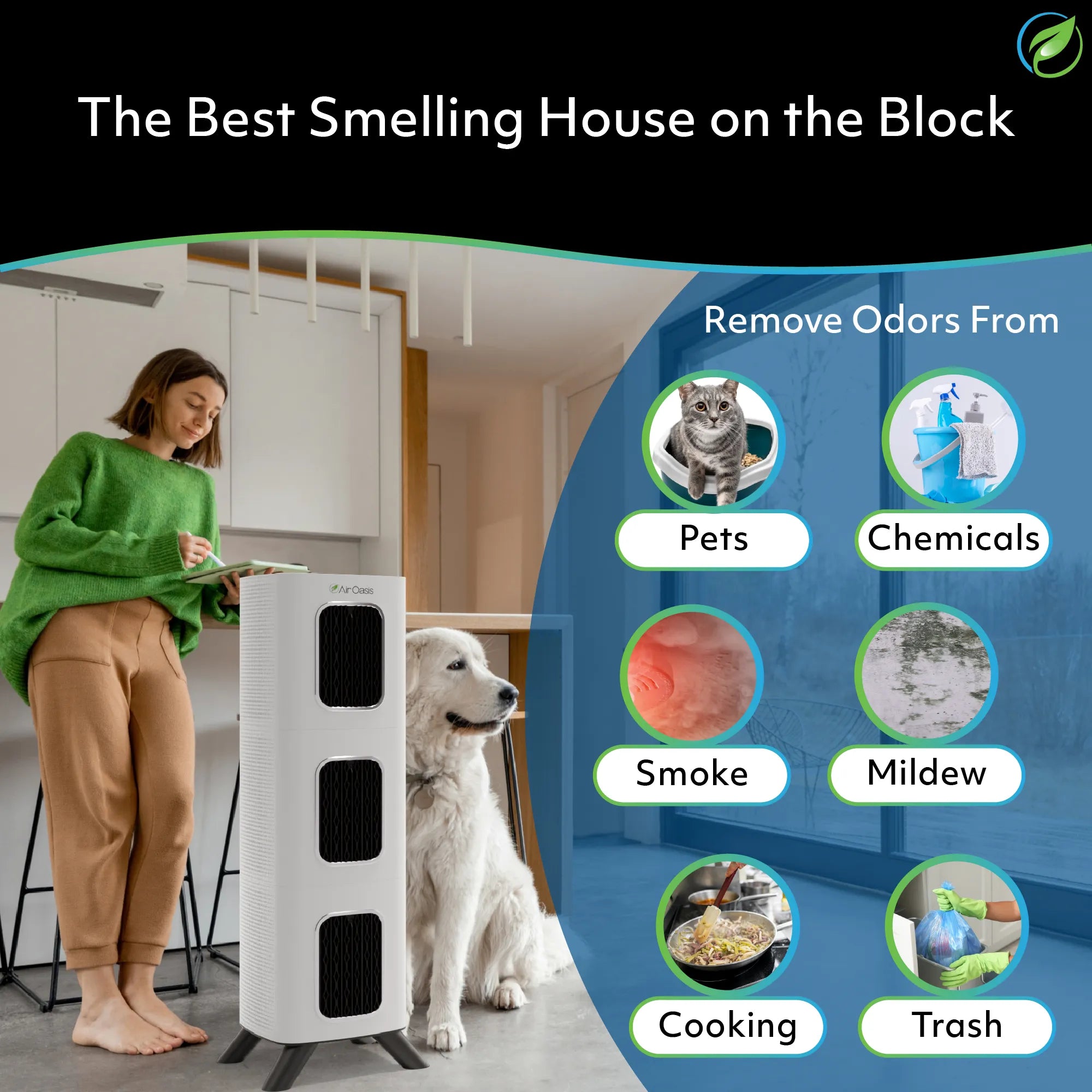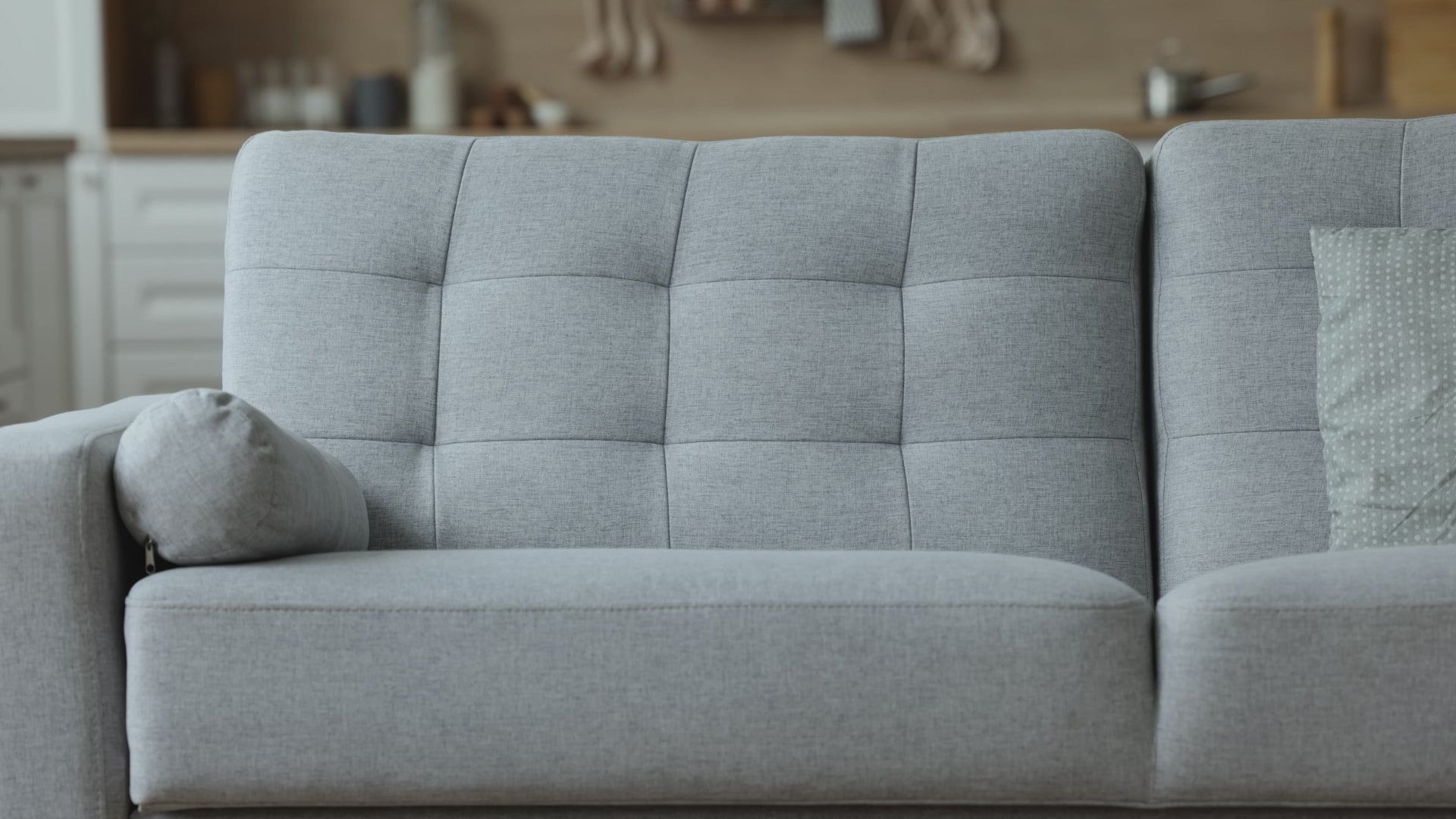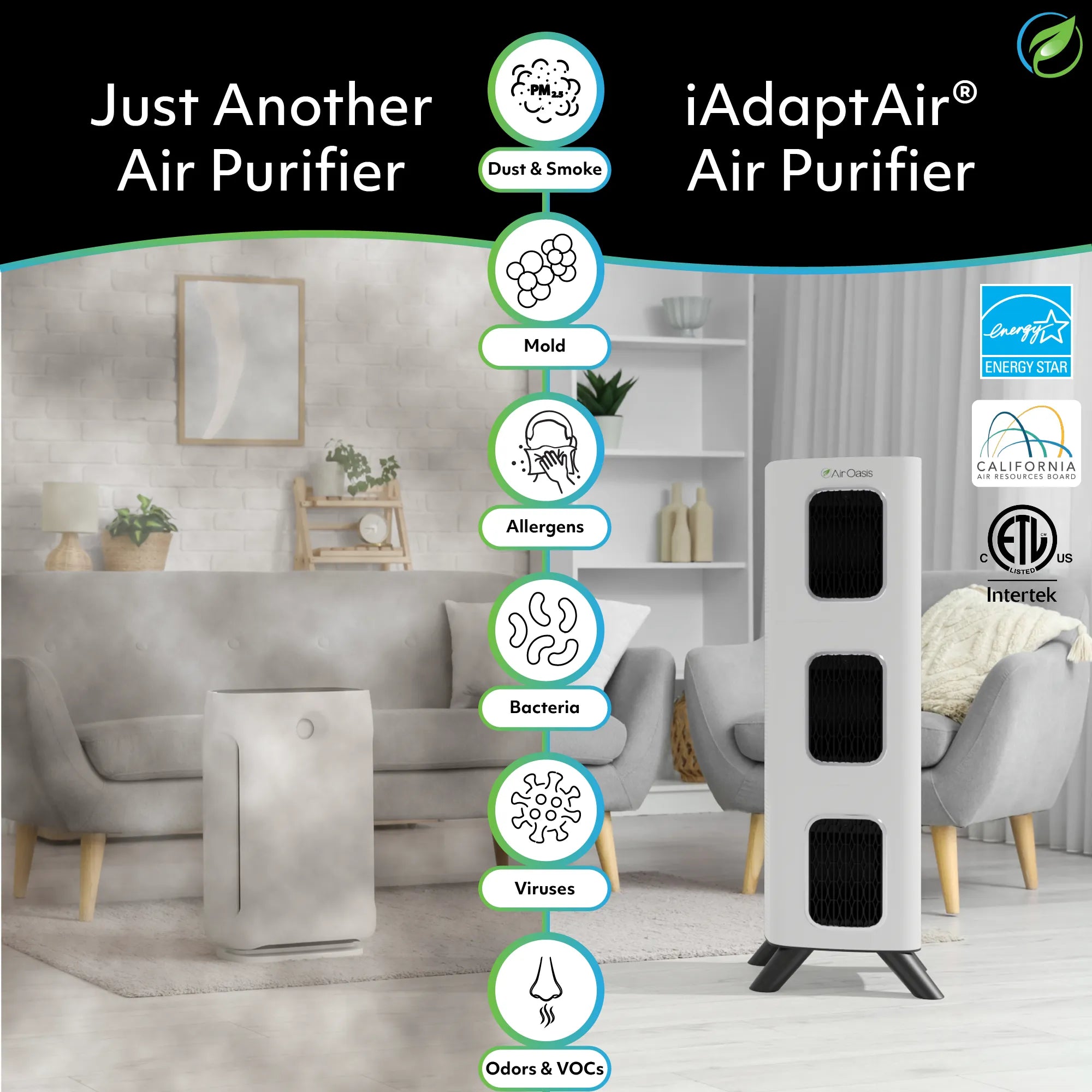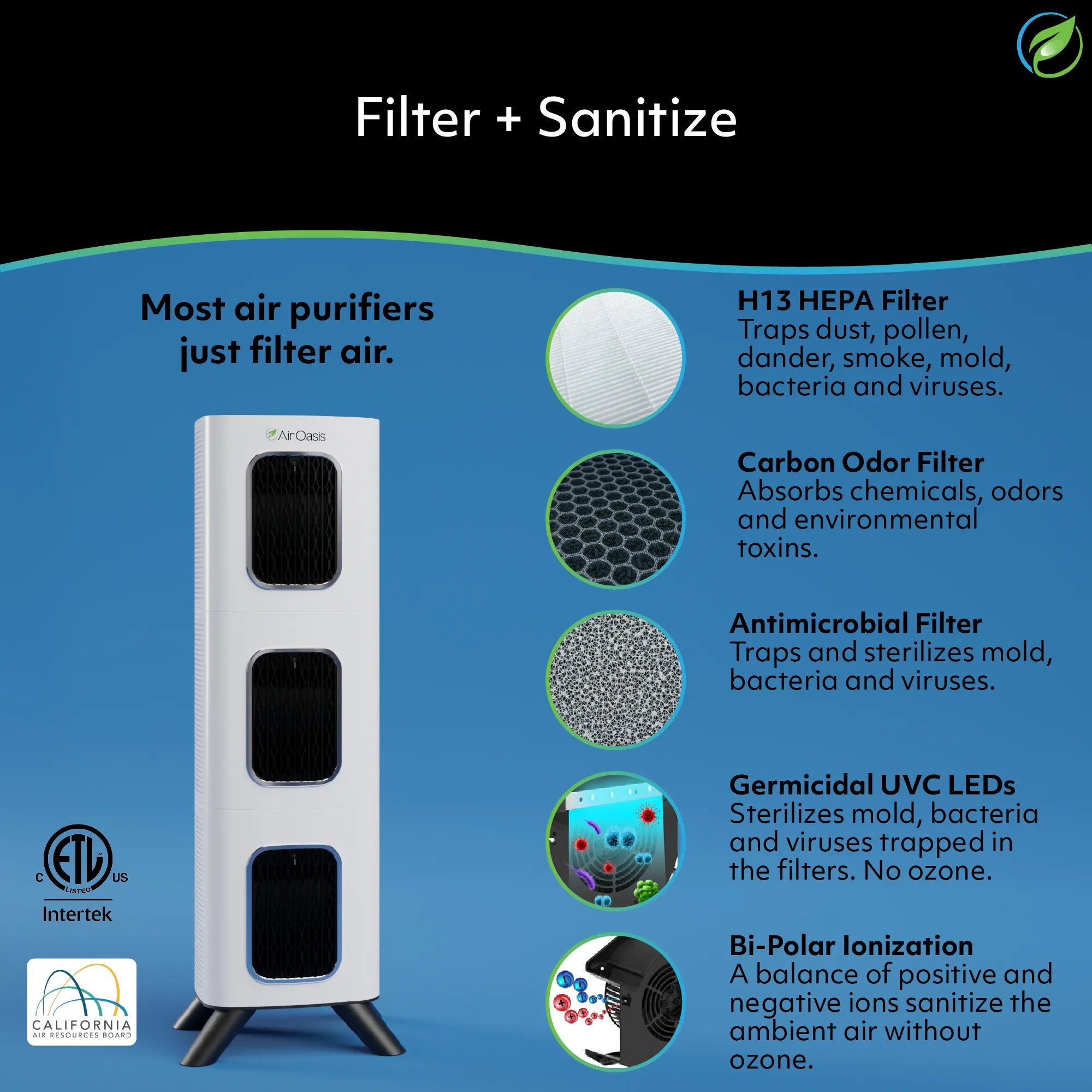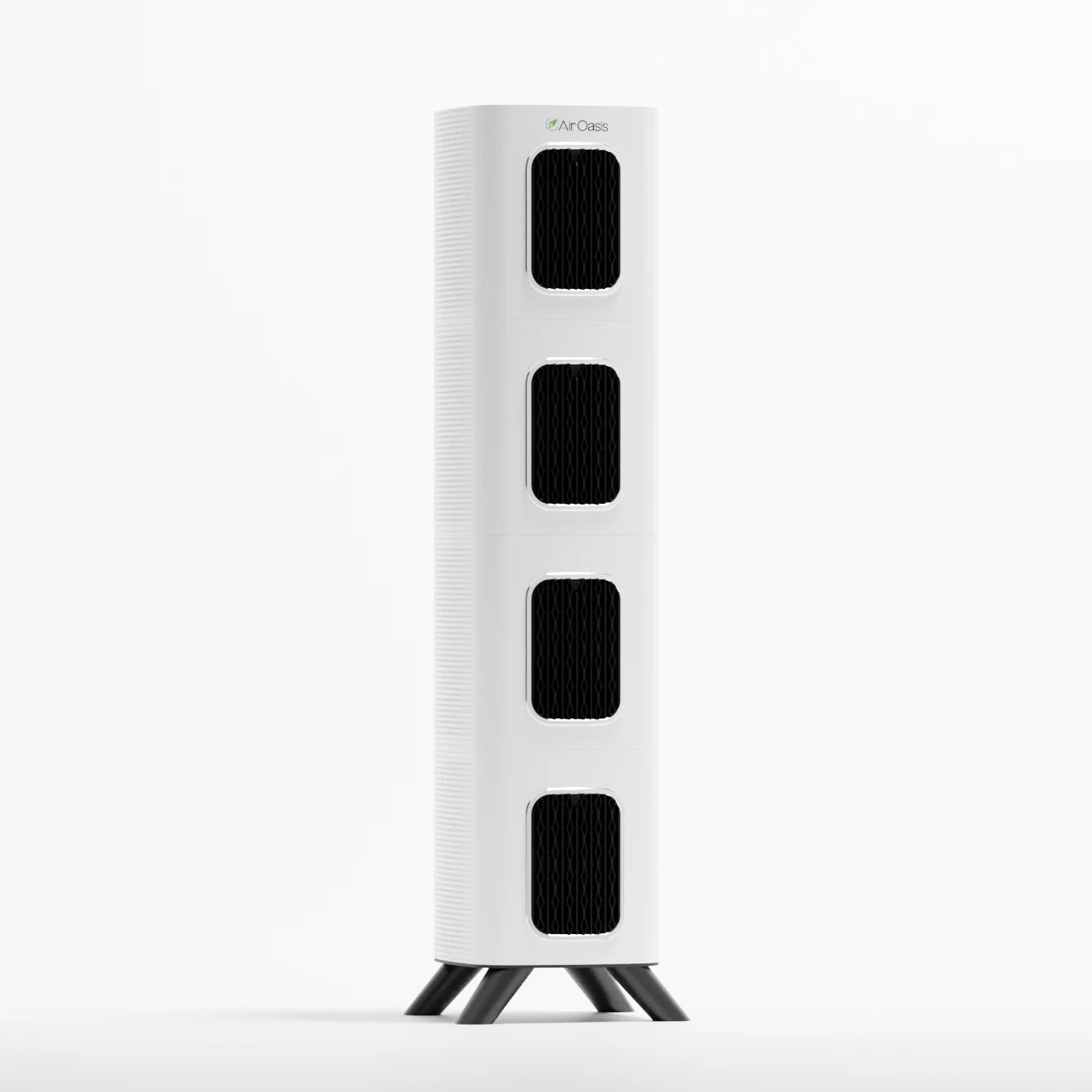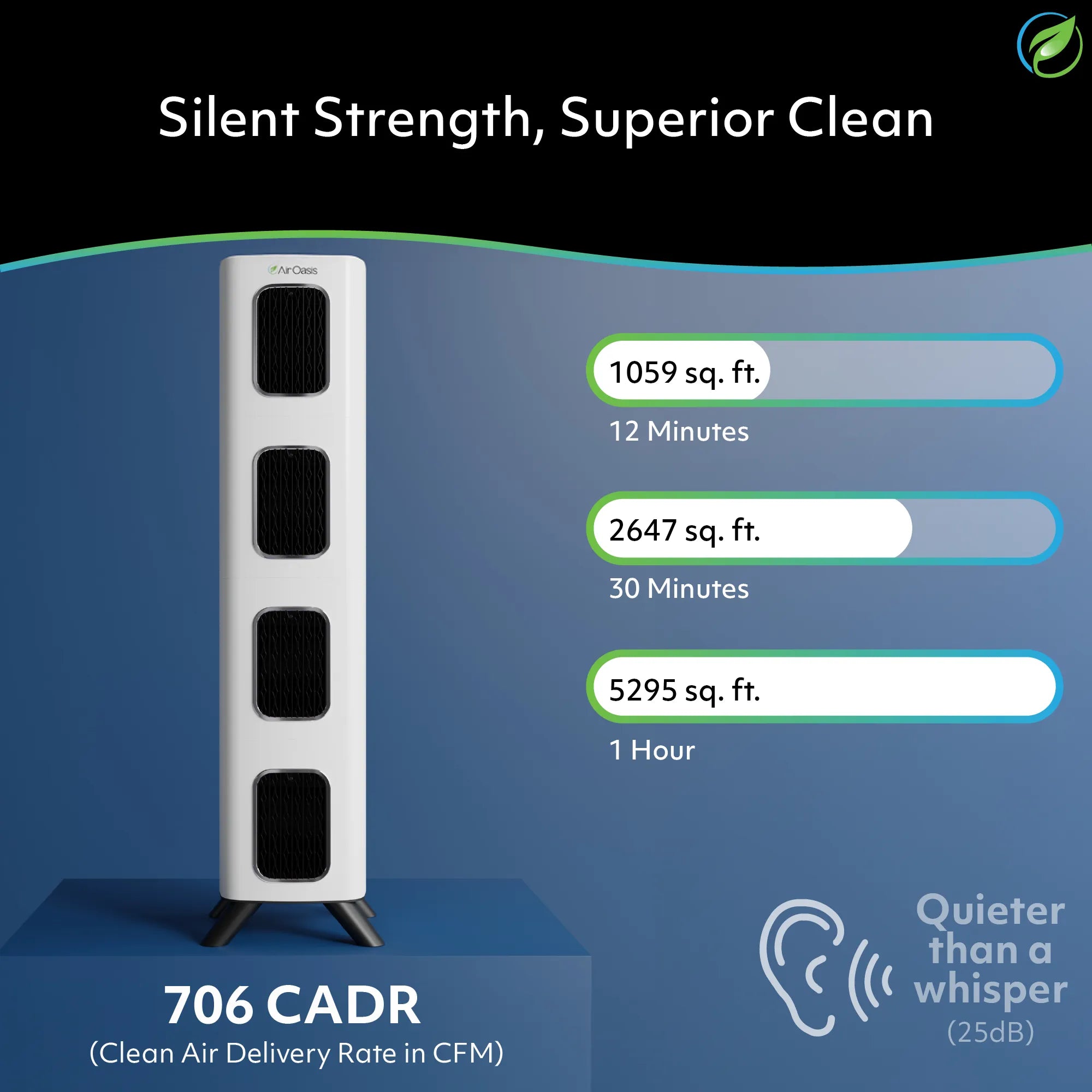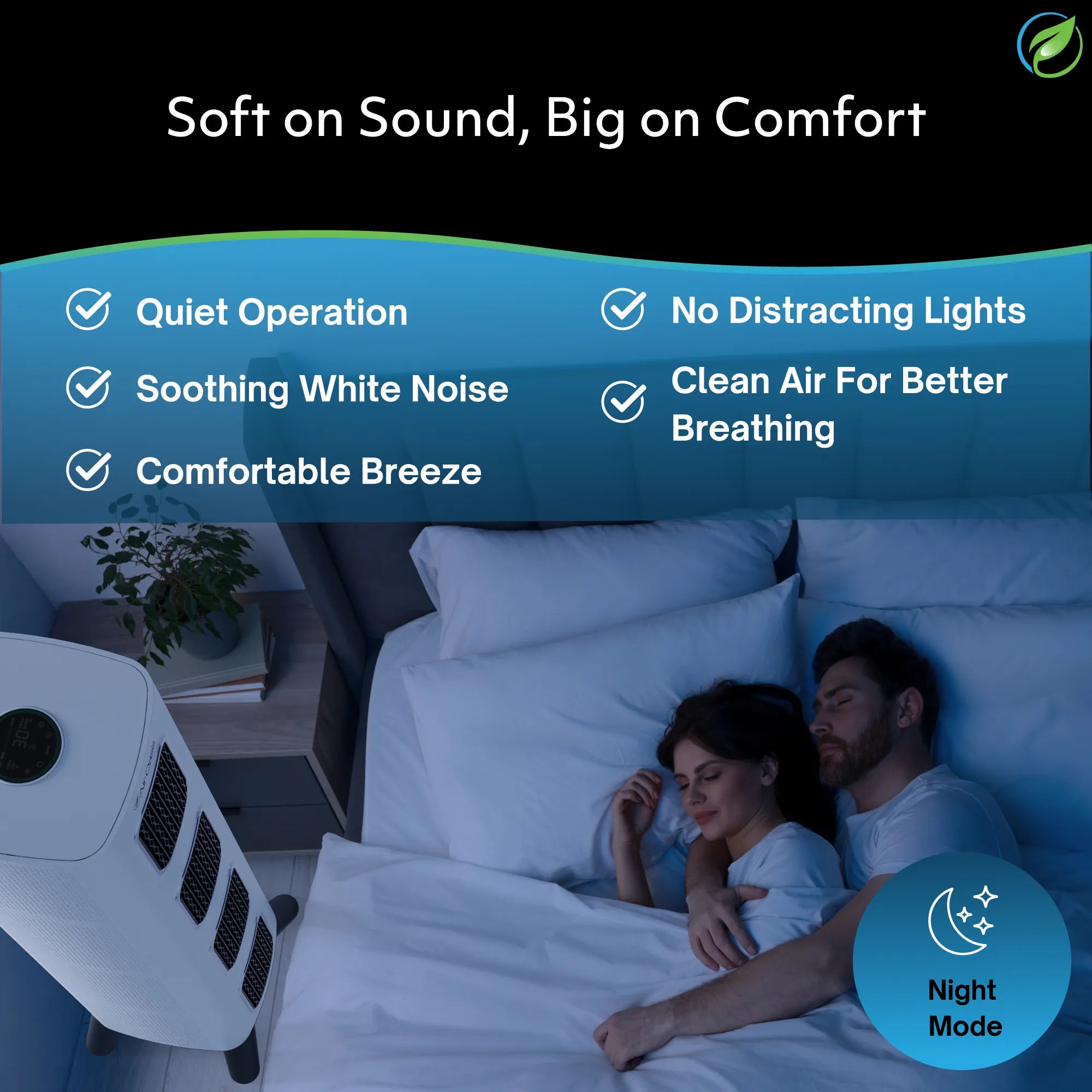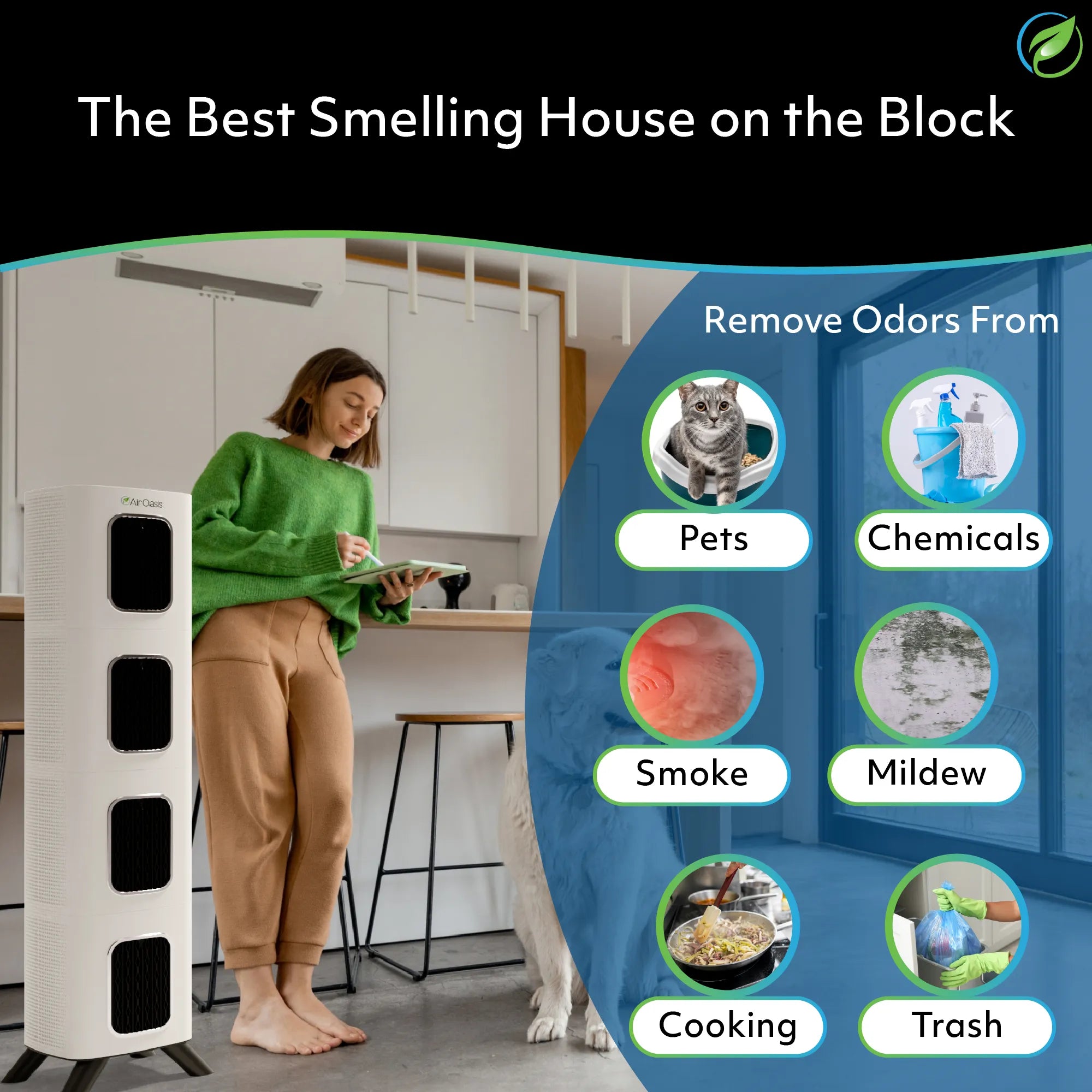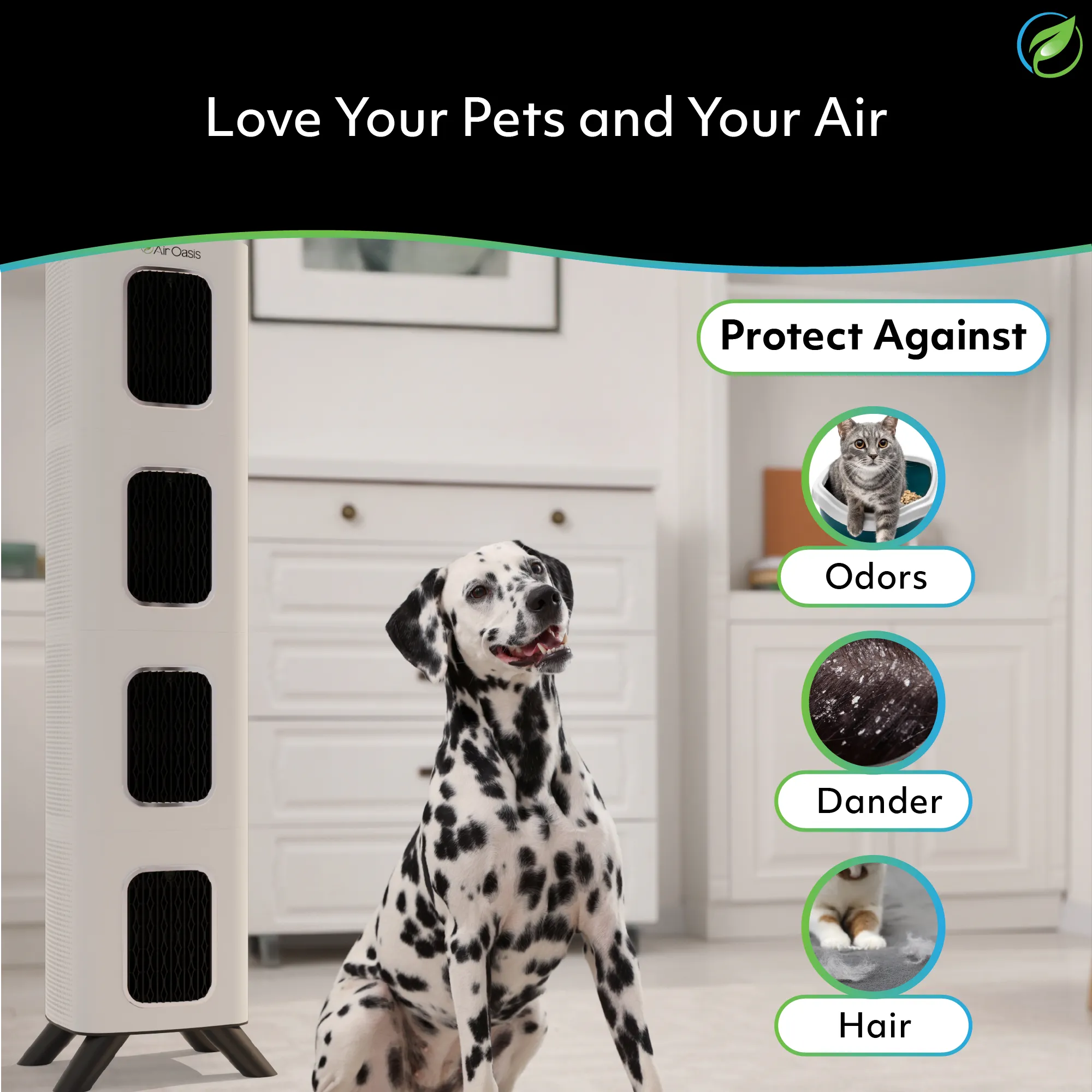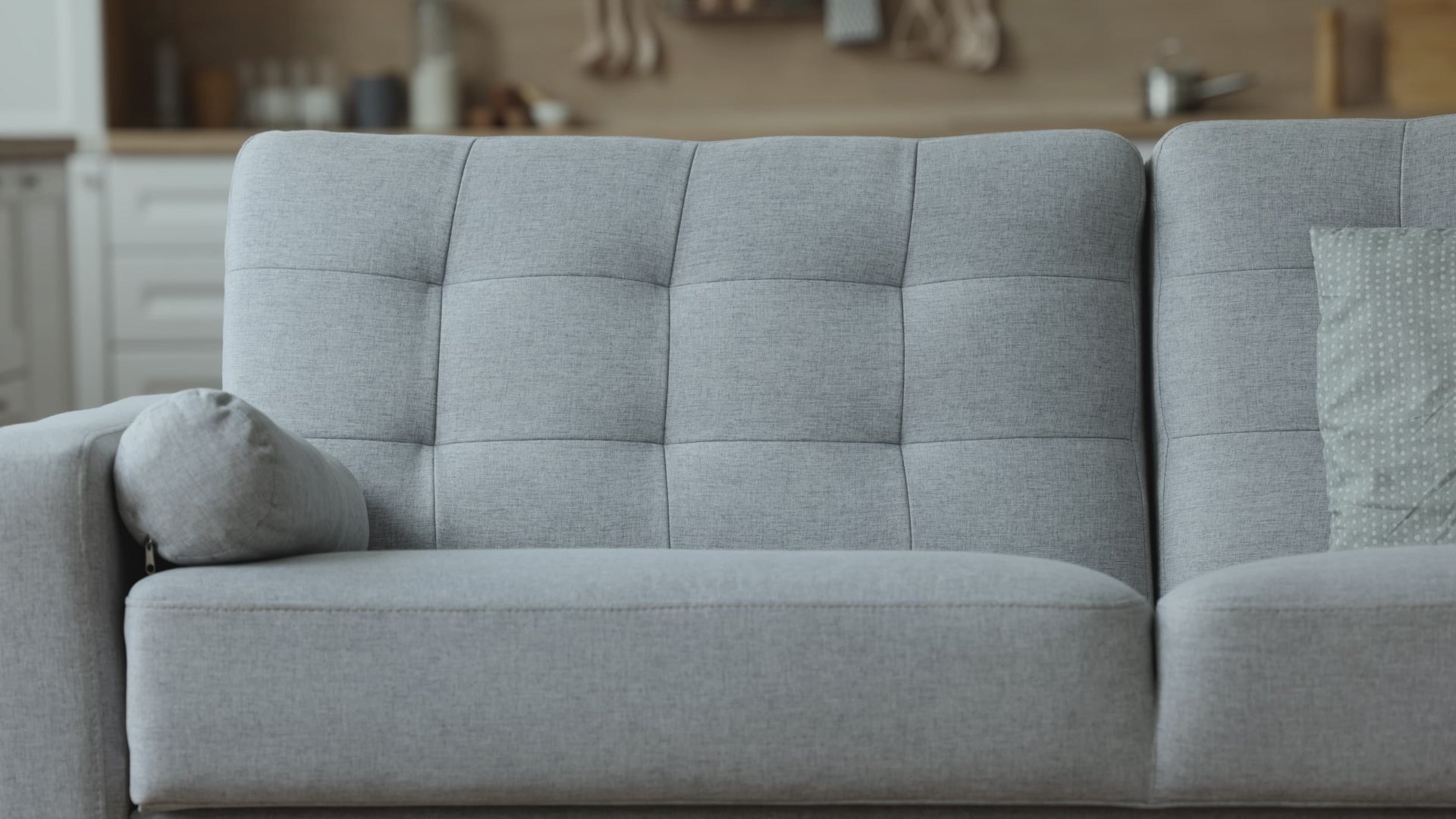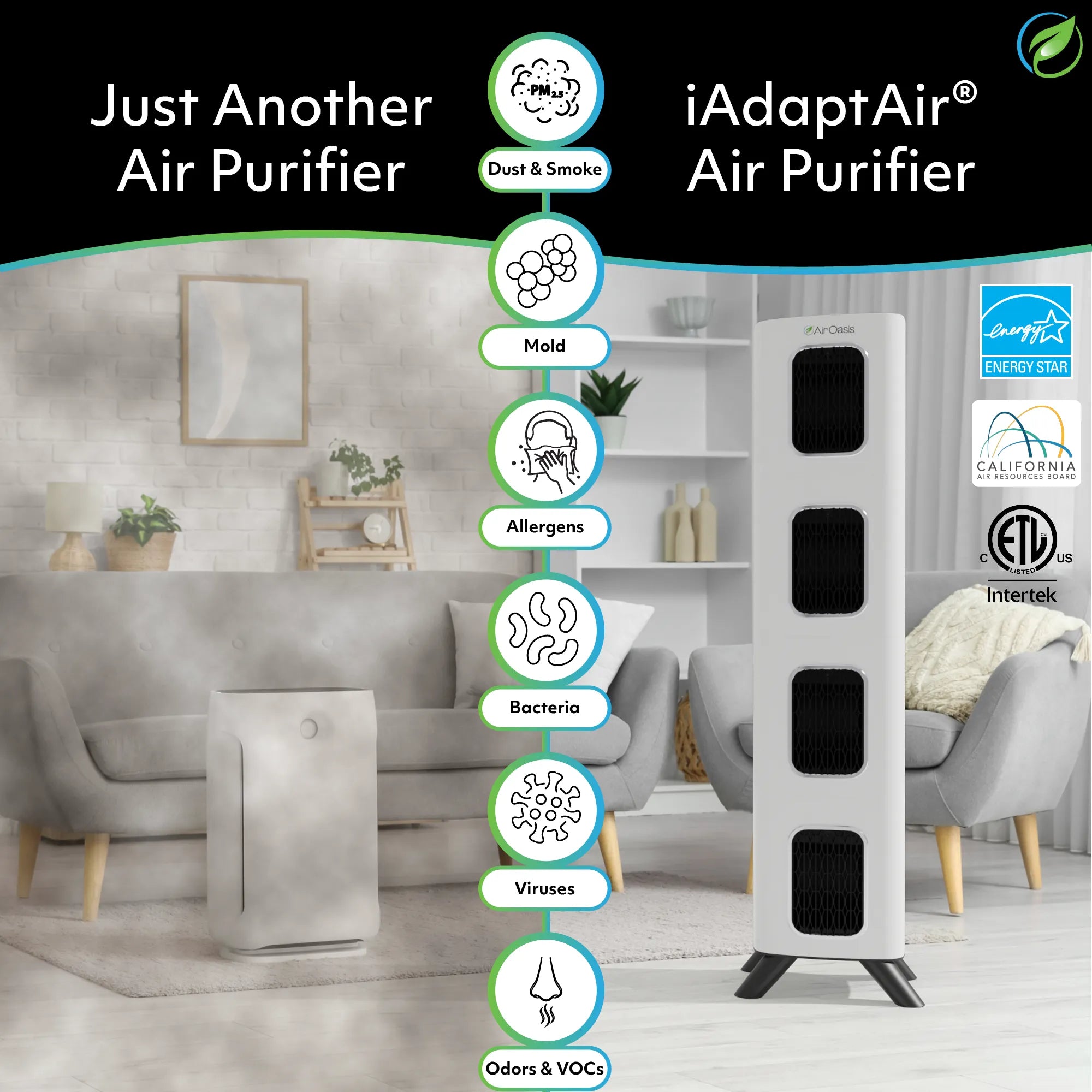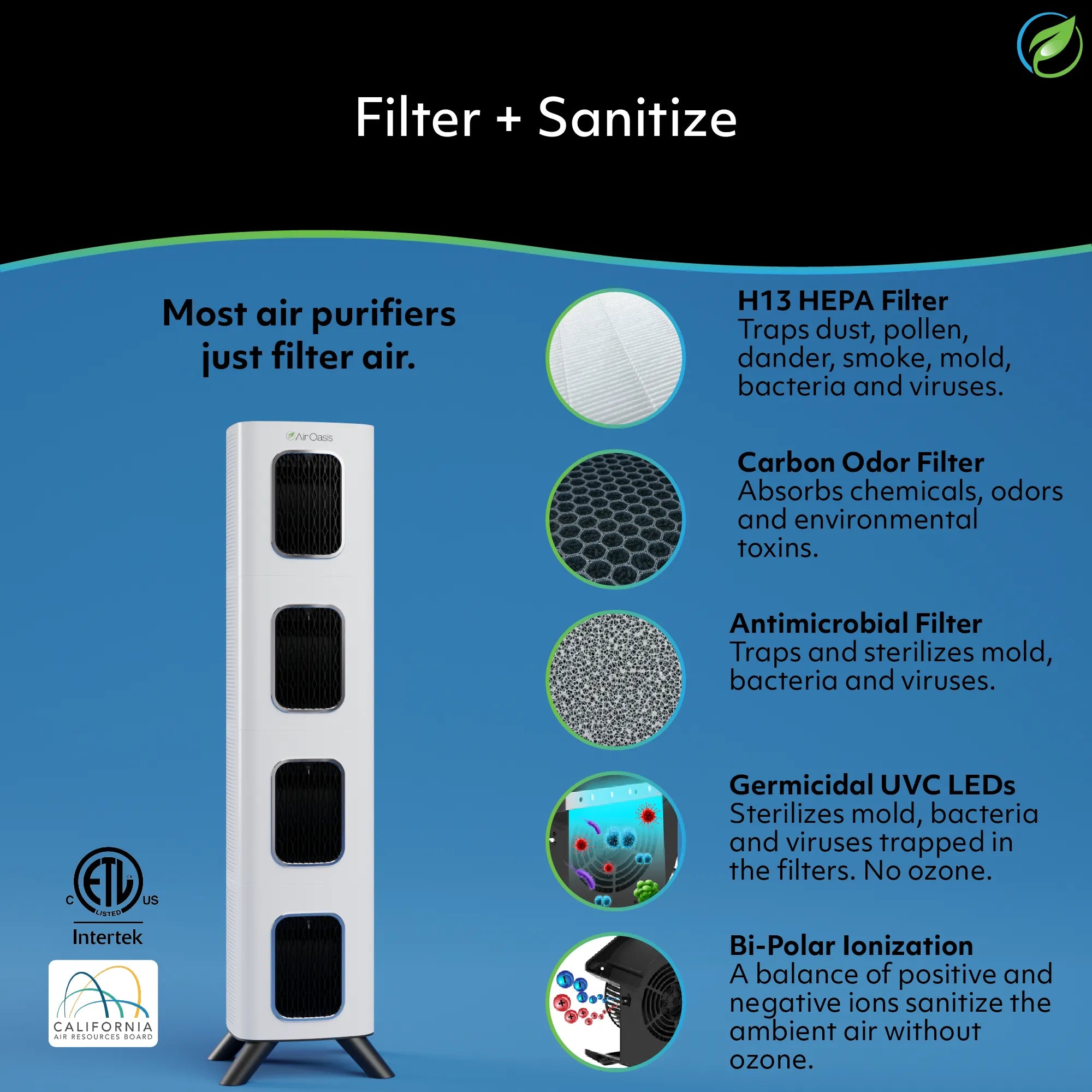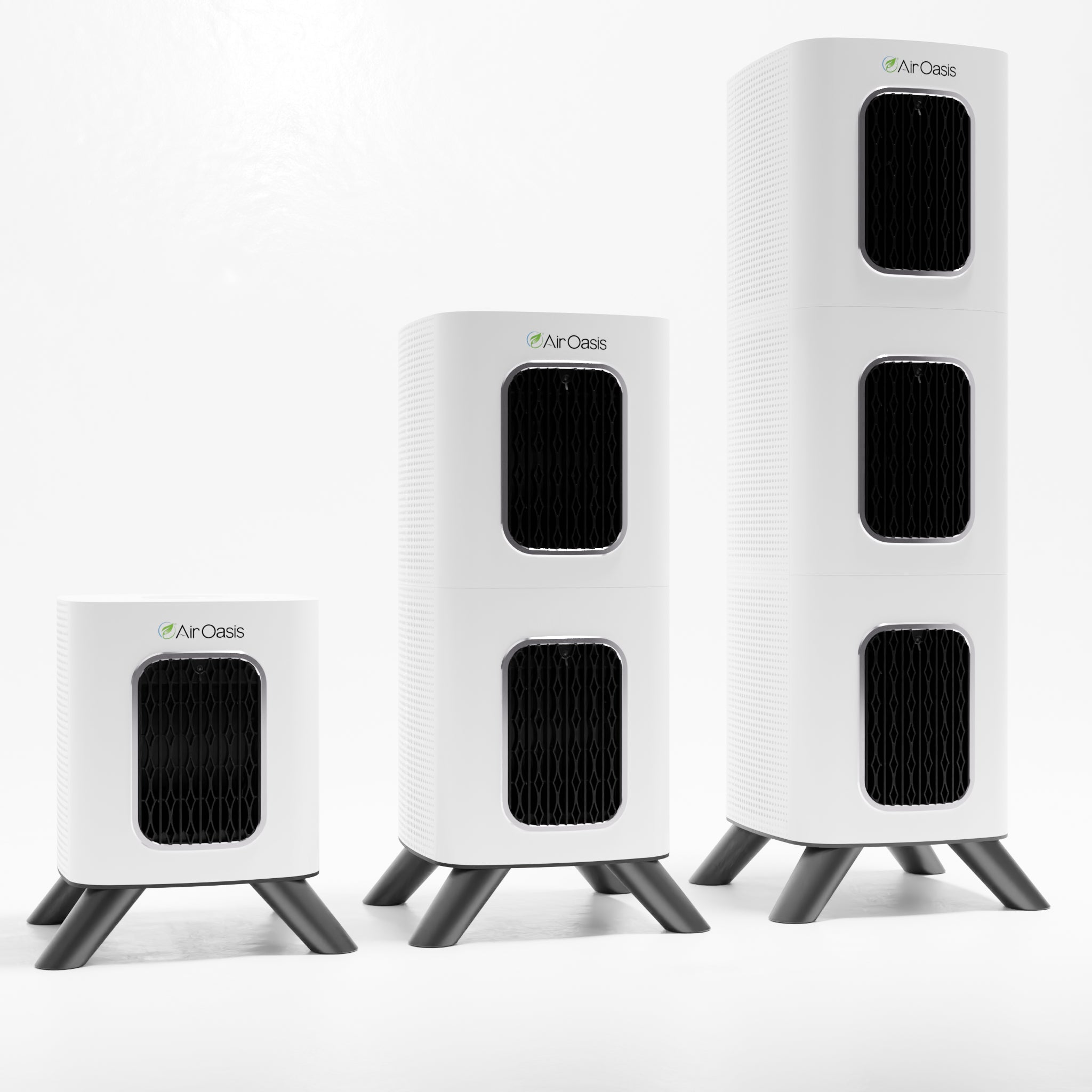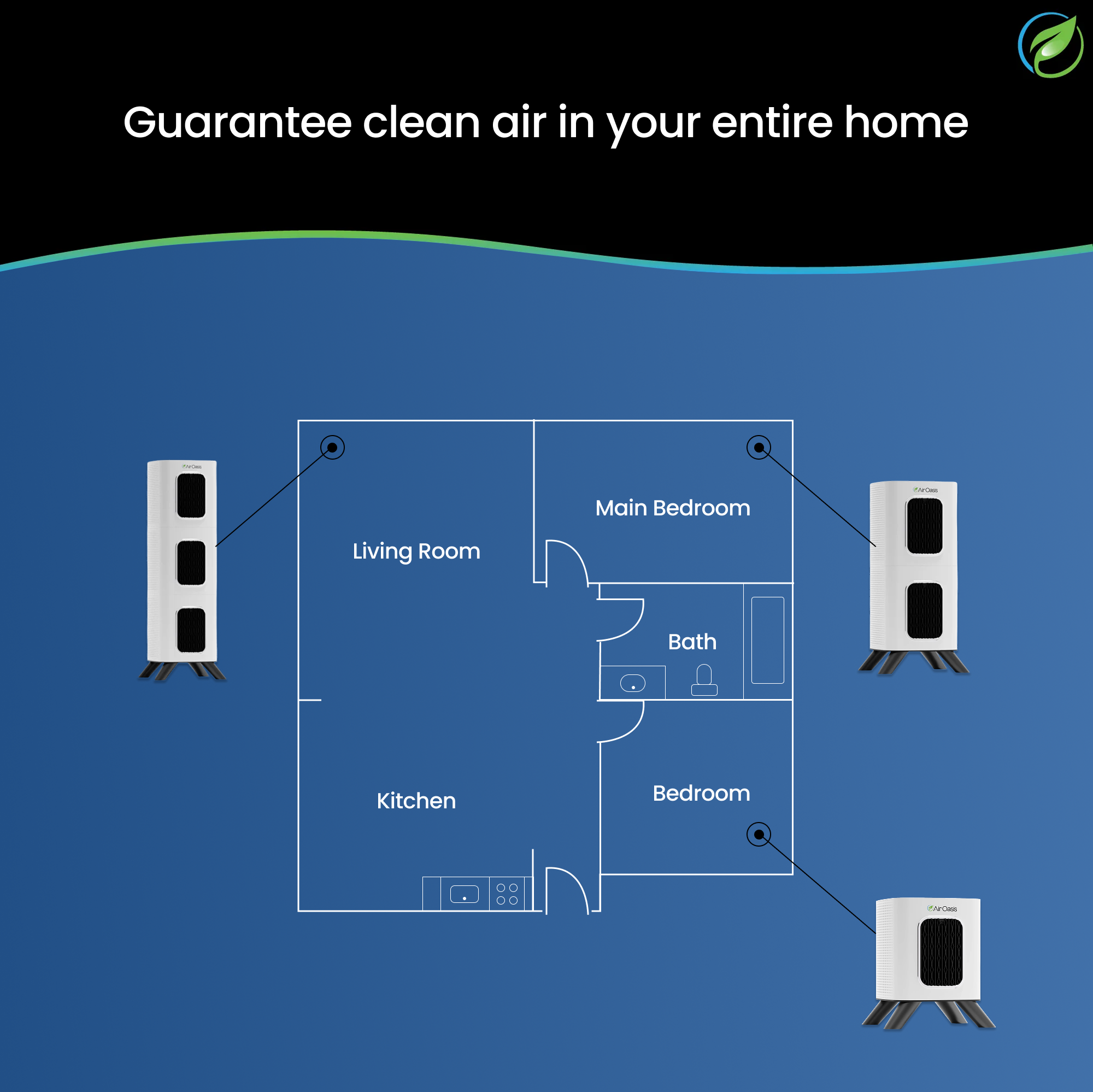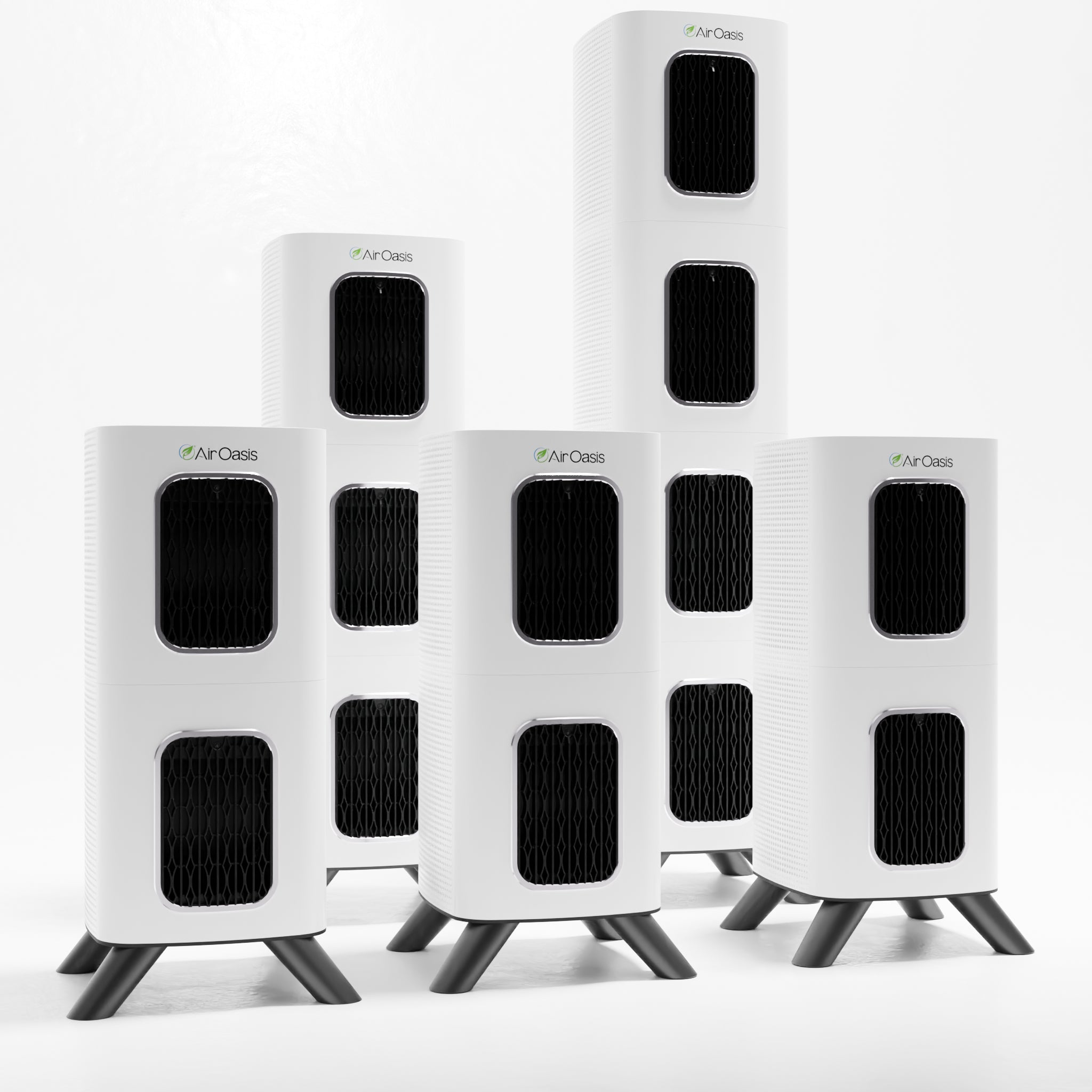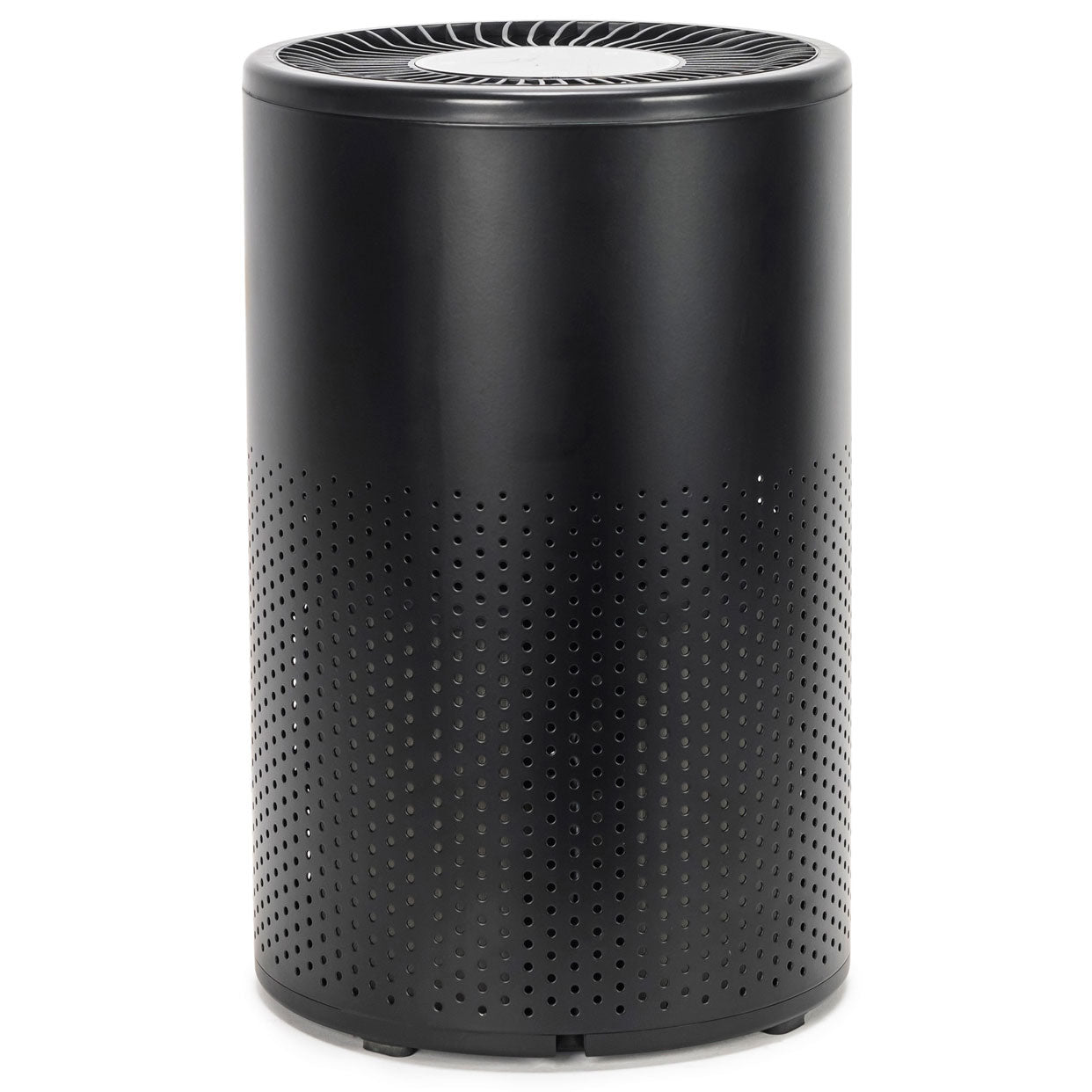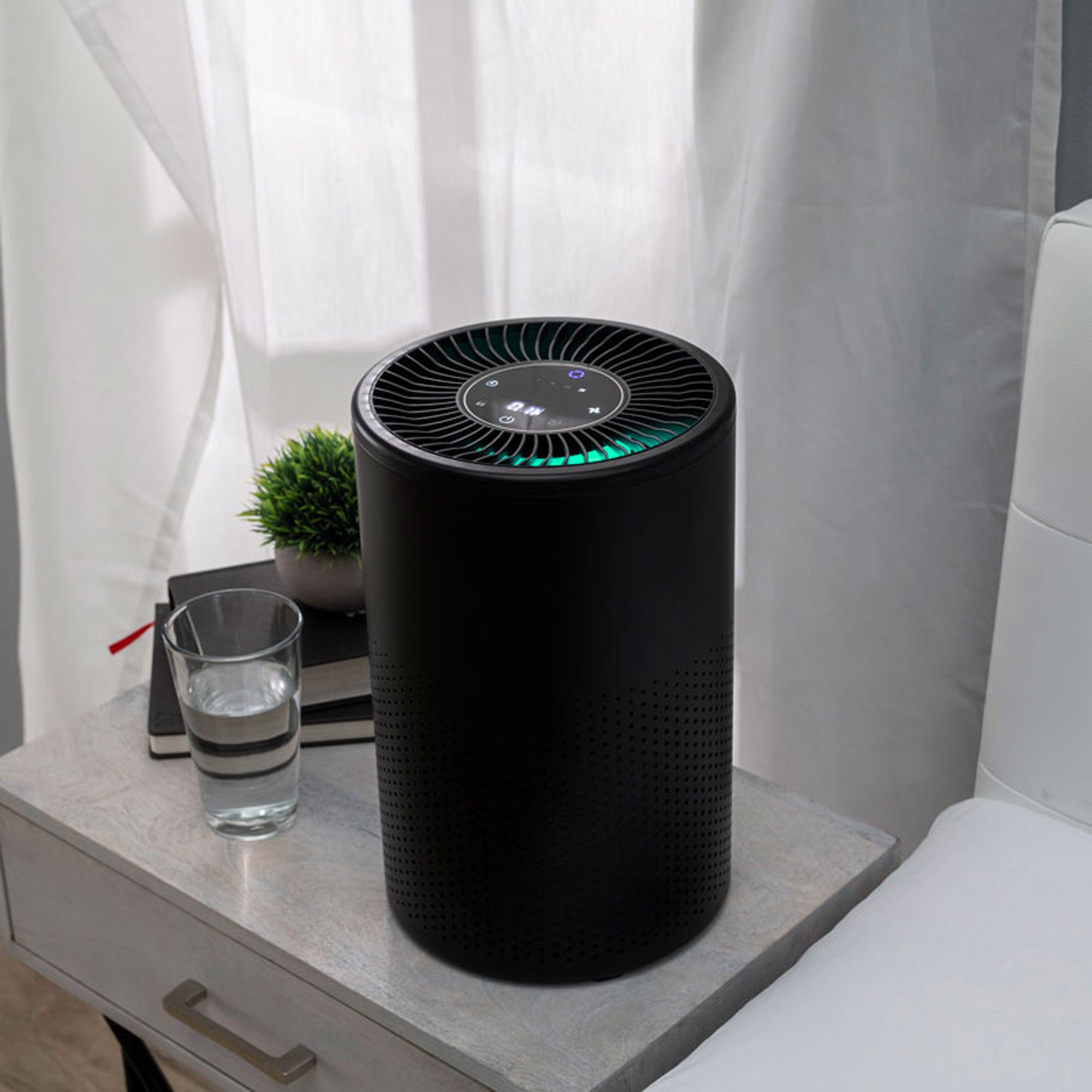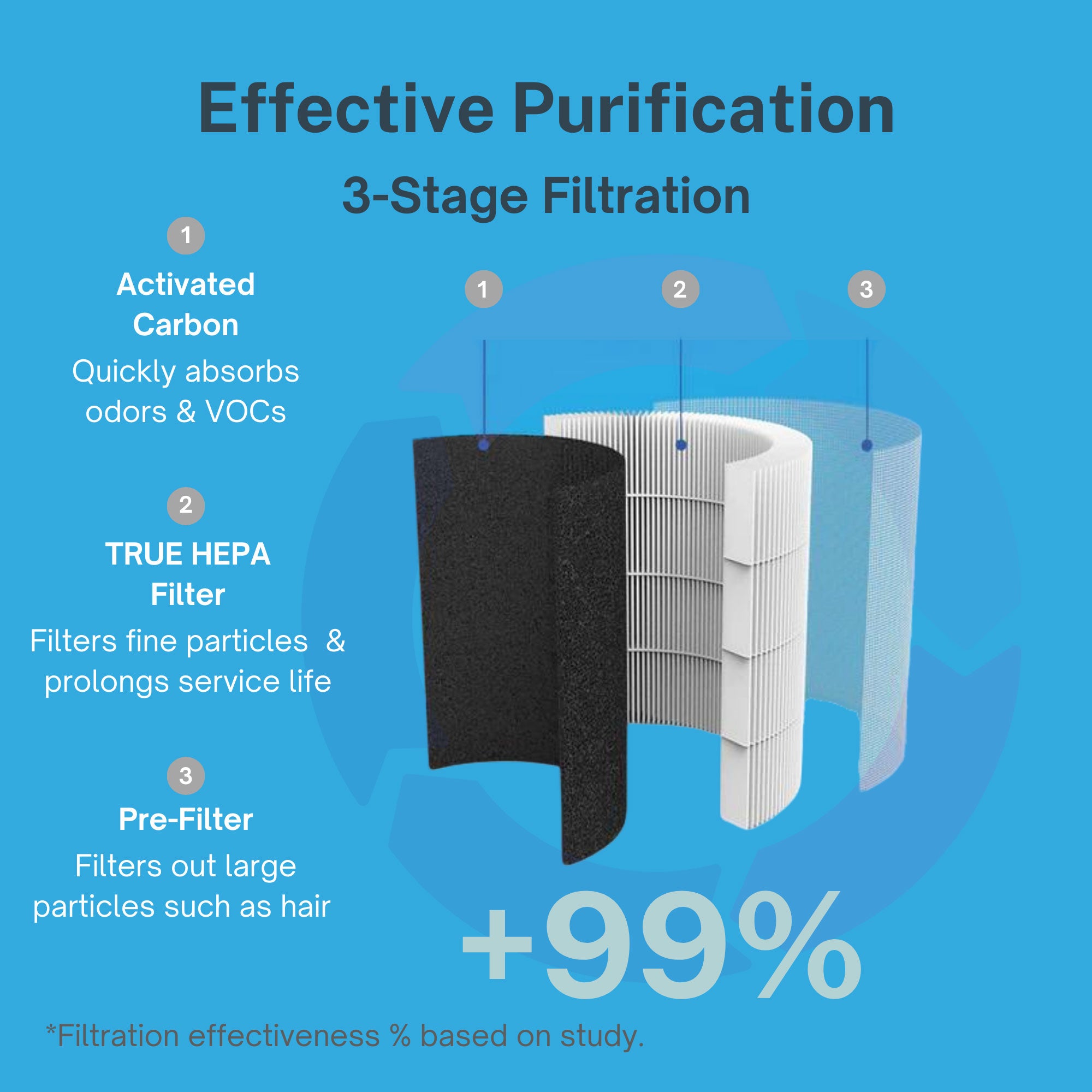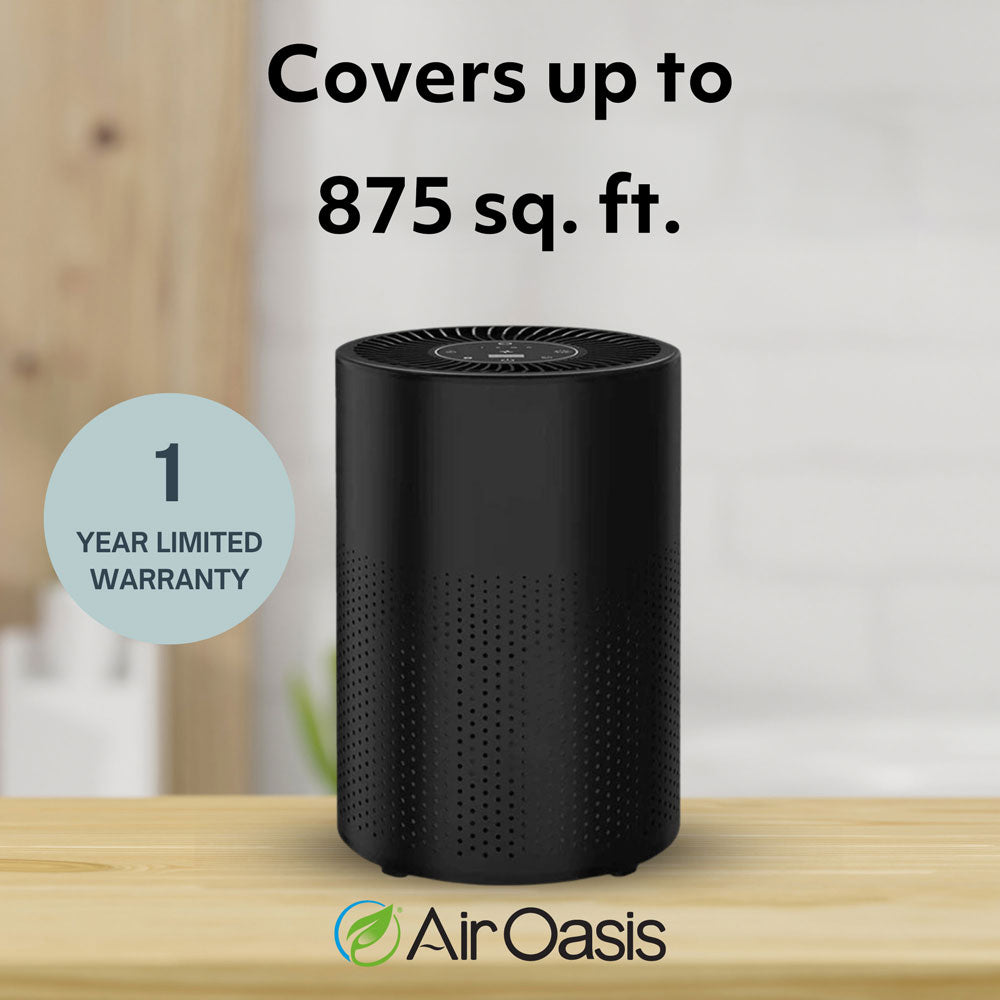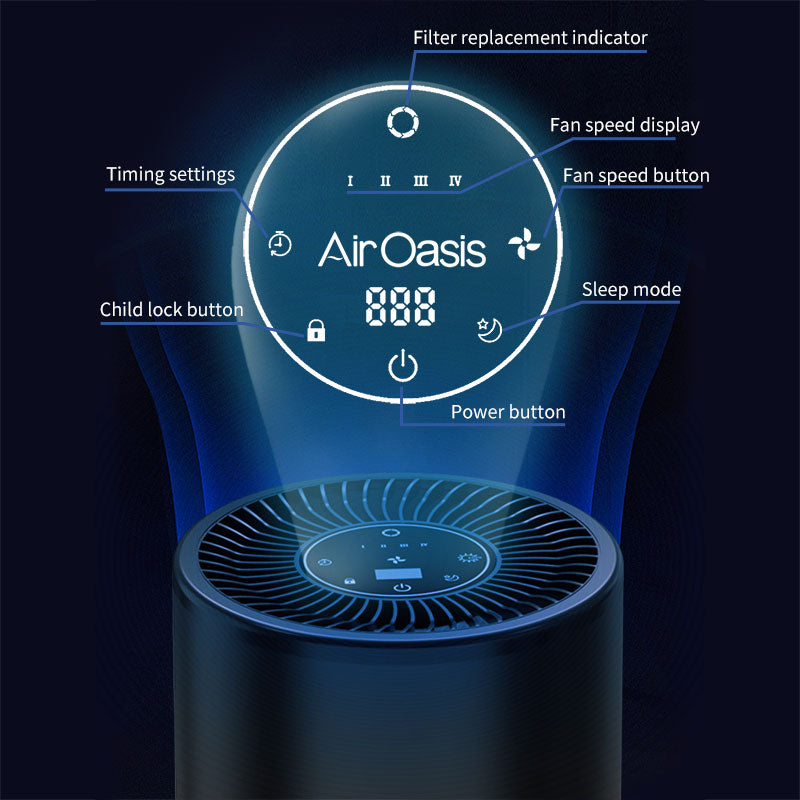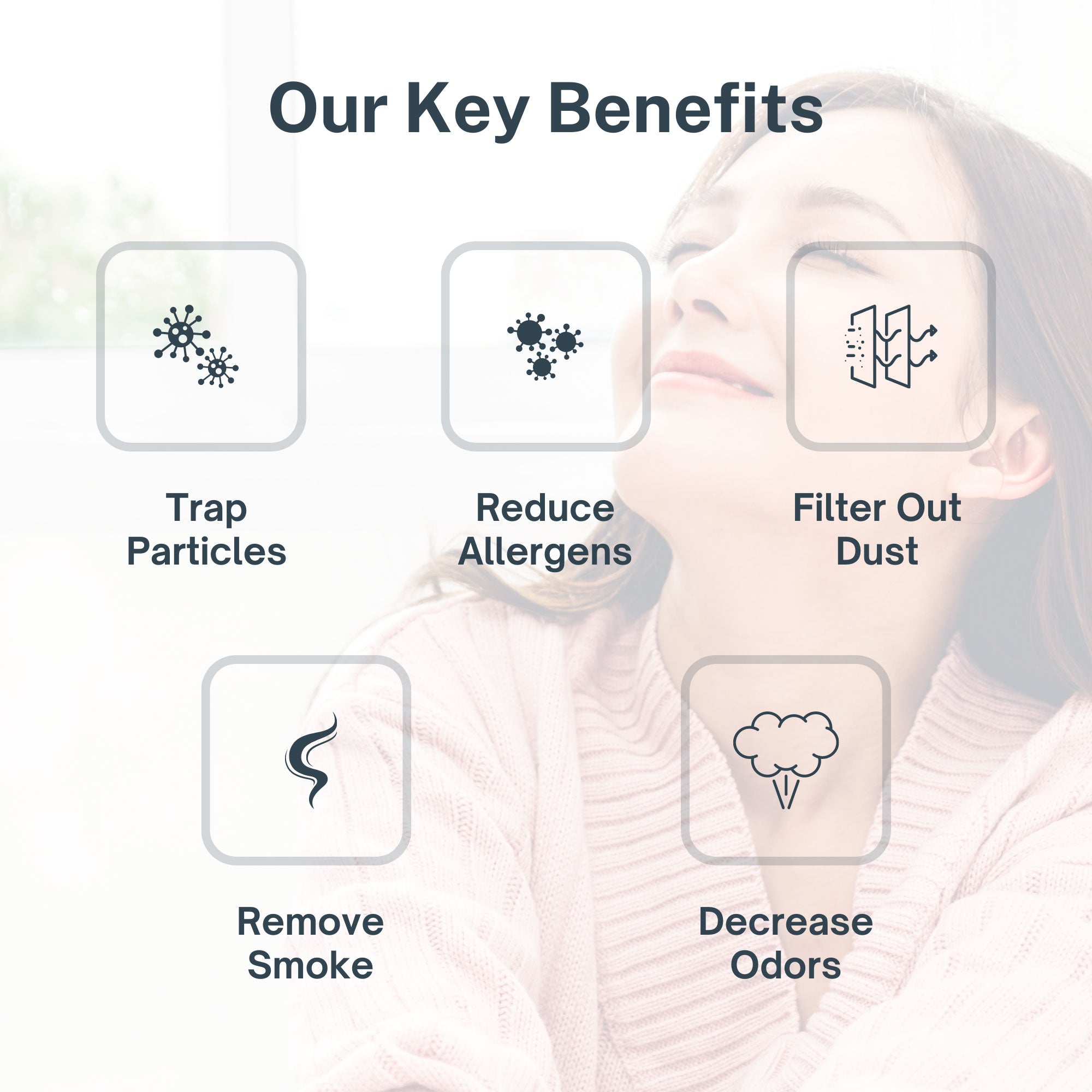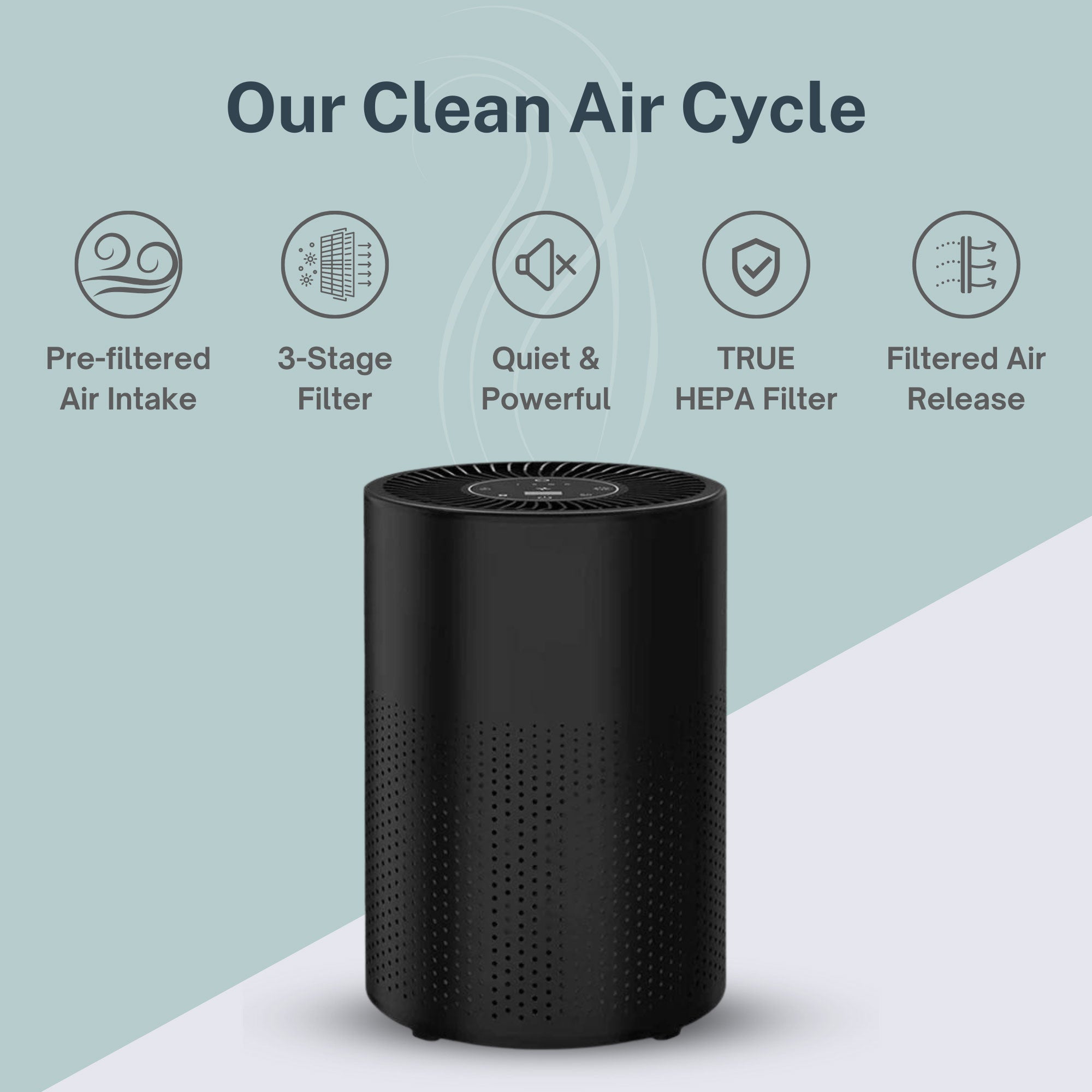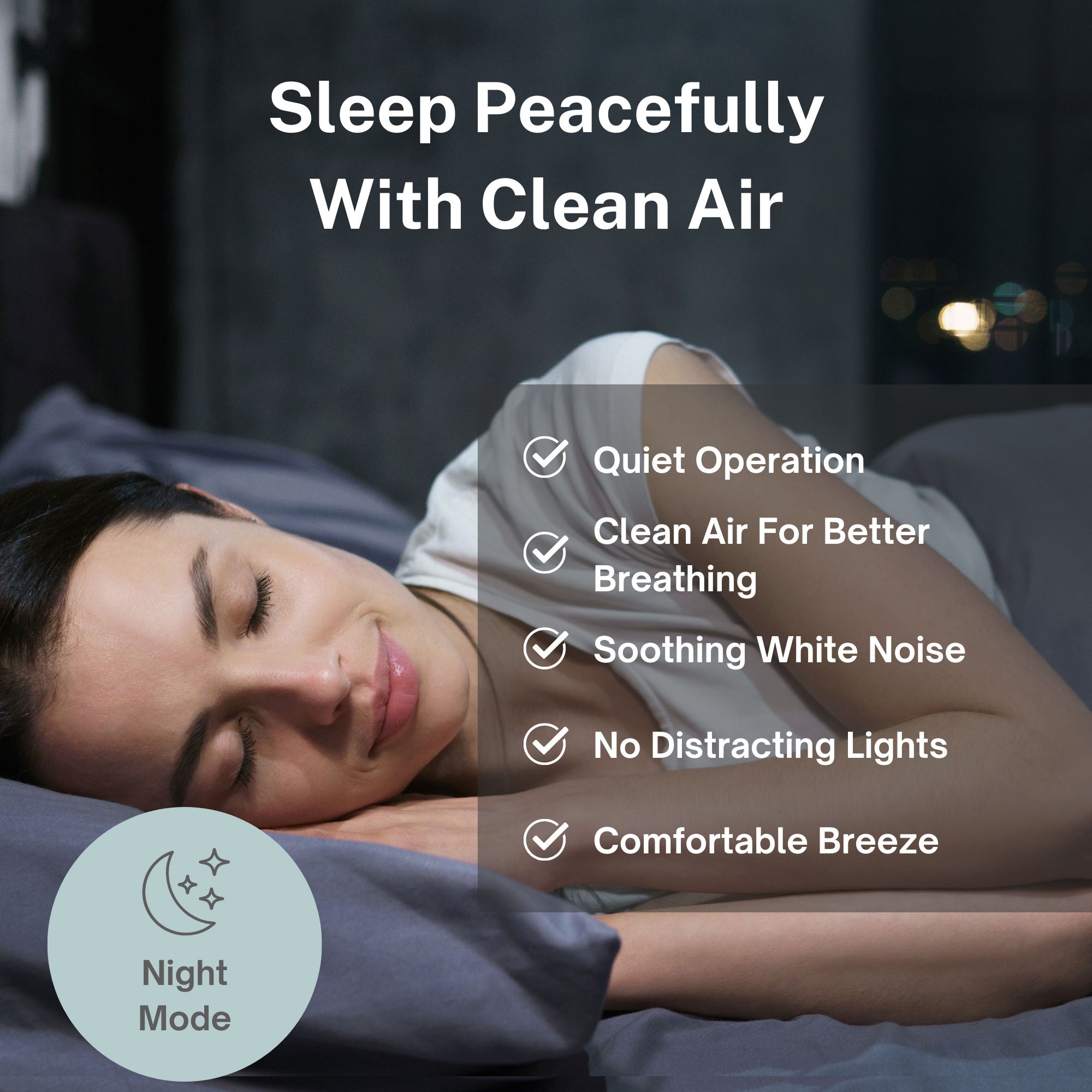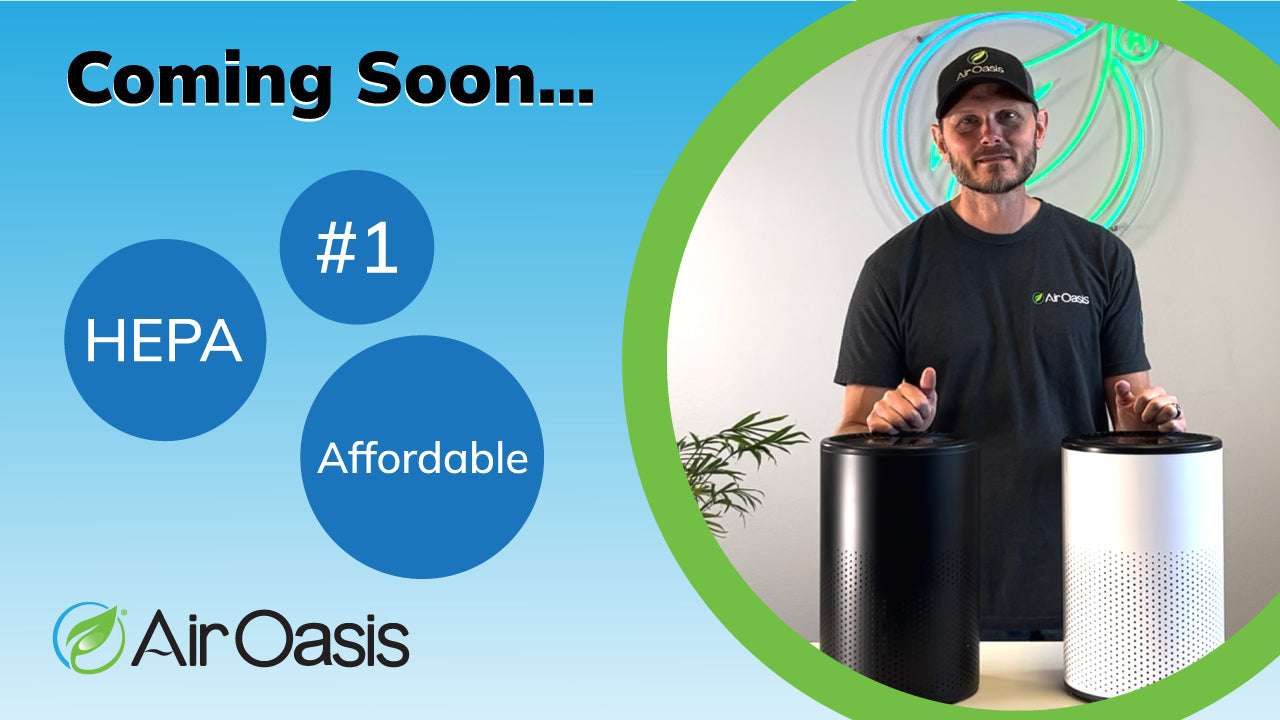Smell is one of our most important senses, influencing nutrition and social habits and even alerting us to potential dangers, like gas leaks, wildfires, and the presence of black mold.
In fact, one of the best ways to identify black mold (beyond visual cues) is through its distinct, pungent smell. Understanding what black mold smells like can be your first line of defense in protecting your home and health.
Today, we’ll explore the characteristic scent of black mold, dive into the science behind its odor, and provide you with the knowledge to distinguish it from other household smells.
Whether you're a homeowner, renter, or simply concerned about indoor air quality, this information will empower you to detect and address black mold issues early, ensuring a healthier living environment for you and your loved ones.
Background of Black Mold
Black mold, scientifically known as Stachybotrys chartarum, is a type of toxic mold that can pose serious health risks when present in indoor environments.
What makes black mold so dangerous is the toxins it produces, also called mycotoxins. These mycotoxins can latch to the mold spores and travel throughout your home when released—small movements like opening and closing doors and other vibrations can catalyze this action—reducing indoor air quality and potentially increasing health risks.
Contrary to its name, black mold isn’t always a solid black color. It ranges from dark green to tar black and often forms in circular patterns on surfaces.
Where Does Black Mold Grow In Homes?
Black mold thrives in areas with high moisture content. In homes, it's commonly found in:
- Bathrooms, especially around showers and bathtubs
- Basements, attics, and crawl spaces
- Areas with water damage or leaks
- Behind drywall or wallpaper
- Under carpets in damp areas
- Around air conditioning units and HVAC systems
These locations provide the perfect conditions for black mold growth: darkness, moisture, and organic materials to feed on. Some of them are normal and some are due to water damage from leaks.
What Are The Health Risks Associated with Black Mold Exposure?
Exposure to black mold can lead to various health issues, particularly in individuals with pre-existing respiratory conditions, weakened immune systems, mold allergies, or those genetically predisposed to biotoxin illnesses.
Some potential health risks include:
- Respiratory problems such as coughing, wheezing, and asthma attacks
- Allergic reactions, including sneezing, runny nose, and skin rashes
- Chronic sinus infections
- Headaches and migraines
- Fatigue and weakness
- In severe cases, neurological symptoms like memory loss and mood changes
While these symptoms can be associated with black mold exposure, they can also be caused by other factors. If you suspect black mold in your home and are experiencing these symptoms, it's crucial to consult with a healthcare professional and have your home inspected by a mold remediation specialist.
What Does Black Mold Smell Like?
Black mold has an infamous, recognizable odor. Detecting this scent could be crucial in identifying a mold problem before it causes too much damage.
Experts describe black mold as smelling musty—comparing it to rotting wood or leaves or wet, sweaty socks. It displays earthy, damp, and pungent characteristics, which are more noticeable in enclosed or poorly ventilated spaces.
Everyone’s smell sensitivity is different, so to help you better identify the smell of black mold, here are some comparisons to other common odors:
- Wet cardboard or paper: Black mold can smell similar to damp paper products but with a more intense, lingering quality.
- Old books: The musty smell of old books is somewhat similar to black mold but less intense and without the damp undertones.
- Rotting leaves: Black mold shares some earthy qualities with decomposing vegetation but with a sharper, more unpleasant edge.
Factors That Influence Black Mold Scent
The smell of black mold can vary depending on several factors:
- Growth stage: Young mold colonies may have a less intense odor compared to mature growths. As the mold colony expands, the smell typically becomes stronger and more pervasive.
- Moisture levels: Higher humidity or moisture can intensify the smell, as these conditions promote mold growth and the production of odor-causing compounds.
- Surface material: The type of surface on which the mold is growing can affect its scent. For example, mold growing on drywall might smell different from mold on wood or fabric.
- Air circulation: In areas with poor ventilation, the mold smell can become more concentrated and noticeable. An air purifier can help dramatically improve air quality and circulation.
- Temperature: Warmer temperatures can increase mold activity, potentially leading to a stronger odor.
Remember, black mold can take on different smells depending on the environment, growth stage, and your sensitivity to those odors. Additionally, not all musty odors are caused by black mold specifically. If you suspect mold growth in your home, it's essential to investigate further, even if you don't detect a strong smell.
Scientific Explanation of The Classic Black Mold Smell
The distinctive smell associated with black mold is not just an unpleasant side effect of its presence; it results from complex chemical processes occurring within the mold colony.
The primary source of black mold's characteristic musty odor is a group of compounds known as Microbial Volatile Organic Compounds (mVOCs). These elements are produced by molds or fungi during their metabolic processes, particularly as they grow and multiply.
mVOCs are small molecules that easily become vapors or gases at room temperature, allowing them to disperse into the air and reach our noses. While not all mVOCs have an odor, many contribute to the musty smell we associate with mold growth.
The type of VOCs produced depends on the specific fungus and the environmental condition where that fungus grows. VOCs are often mixtures of hydrocarbons, alcohols, aldehydes, acids, ethers, esters, ketones, terpenes, thiols, and their derivatives and are the culprits for damp, moldy odors. Some evidence suggests that these VOCs have toxic properties.
Distinguishing Black Mold Smell from Other Odors
While black mold typically has a strong odor, it can sometimes be confused with other smells. Understanding the nuances can help you identify the presence of black mold more accurately.
- Black mold (Stachybotrys chartarum): Typically has a strong, musty, earthy smell, often described as rotting wood or wet cardboard.
- Aspergillus: Can have a musty smell, but it's often less pungent than black mold. Some species may have a sweeter scent.
- Penicillium: Often produces a musty, earthy odor similar to black mold, but it might have slight fermented or food-like undertones.
While these differences exist, identifying mold species by smell alone is unreliable. Professional testing is necessary for accurate identification.
It’s also important to remember that other non-mold sources can produce musty odors similar to black mold, like old papers, wet clothes, and dirty HVAC systems.
Additional Signs of Black Mold Presence
While smell is a significant indicator, there are other signs that can point to the presence of black mold in your home.
Visual Indicators
Black mold often appears as:
- Dark spots or clusters on walls, ceilings, or floors
- Black, green, or deep brown patches in high-moisture areas
- Discoloration on surfaces, especially in bathrooms, basements, or around windows
- Water stains or warping on walls, which may indicate moisture problems conducive to mold growth
Not all dark patches are black mold, and not all black mold is visible. Some mold can grow behind walls or under carpets.
Associated Symptoms in Humans and Pets
The presence of black mold can lead to various health issues in both humans and pets:
Humans:
- Persistent coughing or wheezing
- Irritated eyes, nose, or throat
- Skin rashes or irritation
- Chronic fatigue
- Headaches
- Difficulty concentrating or memory problems
- In severe cases, respiratory infections or asthma attacks
Pets:
- Excessive scratching or licking
- Respiratory issues, including coughing or wheezing
- Lethargy or decreased activity
- Loss of appetite
- Runny eyes or nose
It's crucial to remember that these symptoms can be caused by various factors, not just black mold exposure. If you or your pets experience these symptoms persistently, especially in combination with a musty odor or visible mold growth, consult with a healthcare professional or veterinarian and have your home inspected for mold.
Black Mold Prevention Strategies
Preventing and controlling black mold in your home requires a proactive approach. By implementing effective strategies, you can reduce the risk of mold growth and maintain a healthier indoor environment.
Consider the following:
- Moisture control: Remember, mold thrives in damp environments. Be sure to identify and fix leaks in roofs, walls, or plumbing promptly. Also keep a keen eye on drainage to direct water away from your home’s foundation.
How Air Purifiers Can Help Combat Black Mold (And Its Smell)
Air purifiers can play a significant role in reducing mold spores and improving indoor air quality.
Air purifiers filter out airborne particles, including mold spores, from the air. This can help reduce the overall concentration of mold spores in your home, making it less likely for mold to grow and spread. Additionally, air purifiers can help alleviate symptoms for individuals sensitive to mold by providing cleaner air to breathe.
When selecting an air purifier to combat mold, consider the following features:
- True HEPA Filters: They can trap 99.97% of particles as small as 0.3 microns, including mold spores. Our iAdaptAir 2.0 has been tested to reduce even smaller particles, down to 0.05 microns.
- Activated Carbon Filters: These filters can help remove odors and volatile organic compounds (VOCs) associated with mold.
- Silver Ion Filter adds a layer of protection in the air cleaning process.
- Bi-Polar Ionization: This technology releases ions that attach to particles, making them easier to capture by the filter.
- Appropriate Size: Ensure the air purifier is suitable for the size of the room where it will be used.
Air Oasis offers a range of air purifiers designed to tackle mold and improve indoor air quality. The iAdaptAir® 2.0, for example, combines HEPA filtration, activated carbon filtration, silver ion filtration, and bi-polar ionization to provide comprehensive air purification. This multi-stage approach ensures that mold spores, odors, and other airborne contaminants are effectively removed from your home.
Reduce mold by up to 99% with an Air Oasis air purifier today.
References:
https://www.ncbi.nlm.nih.gov/pmc/articles/PMC7802608/


